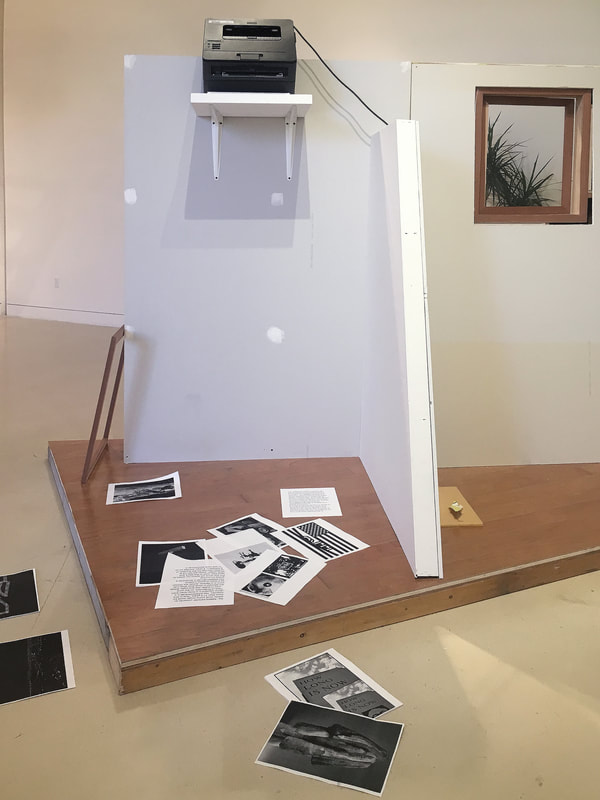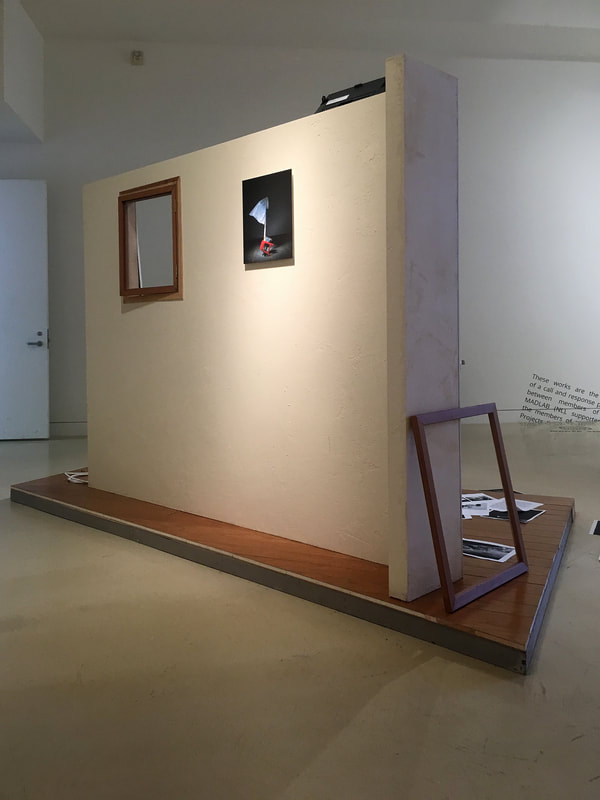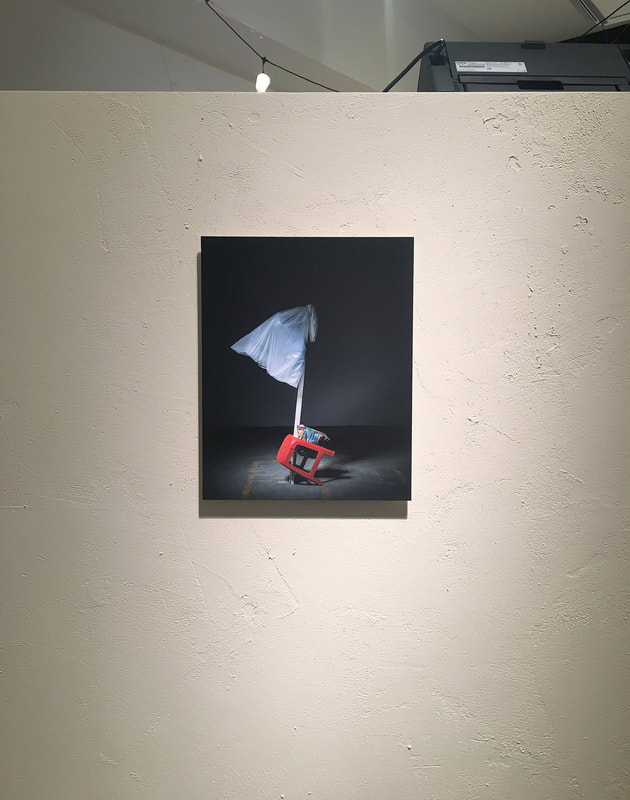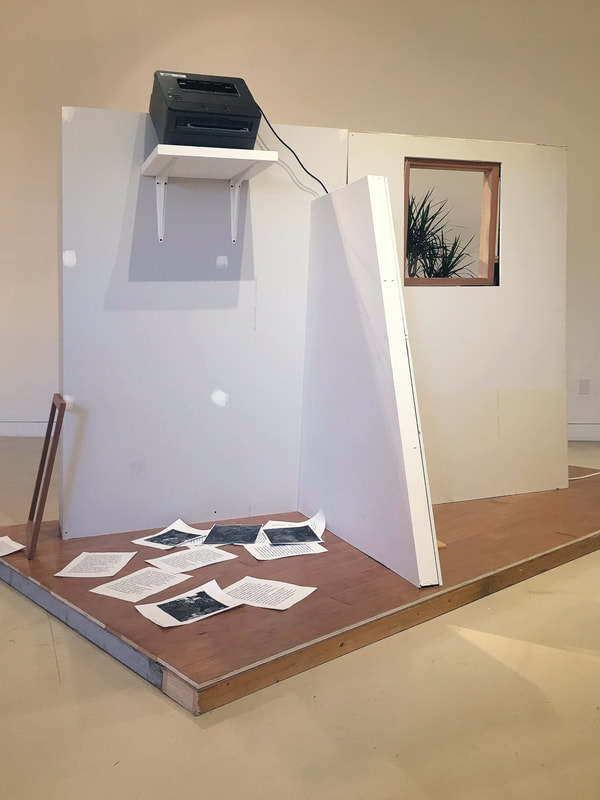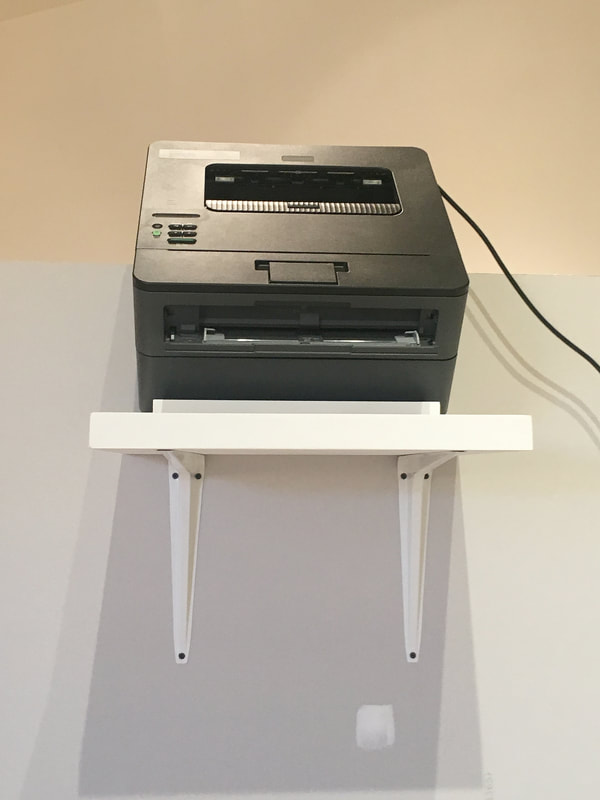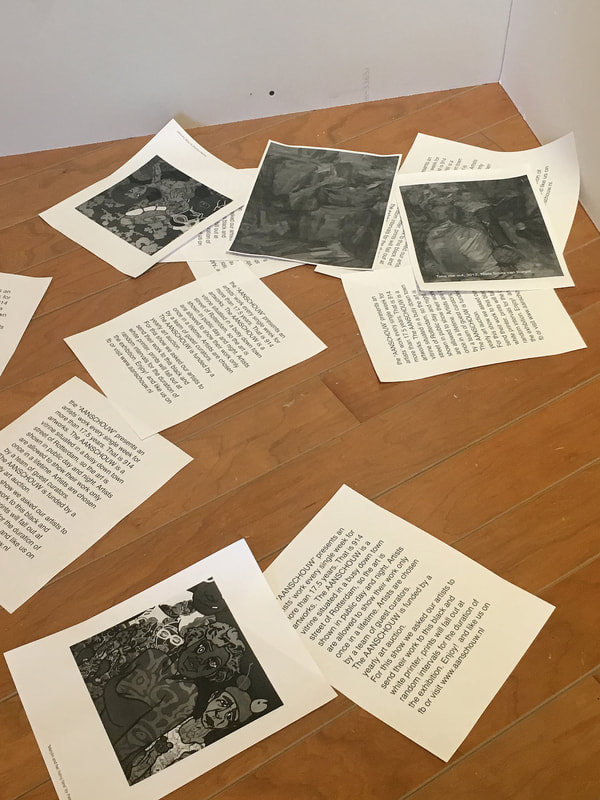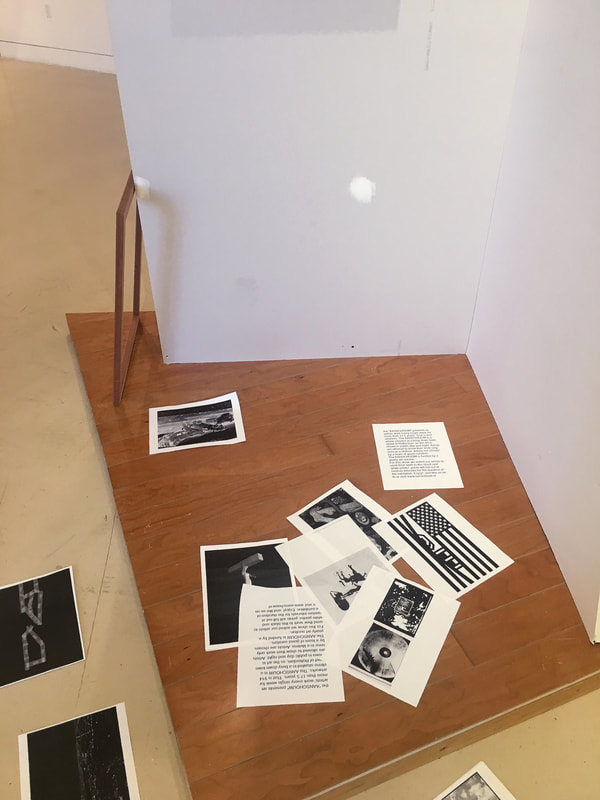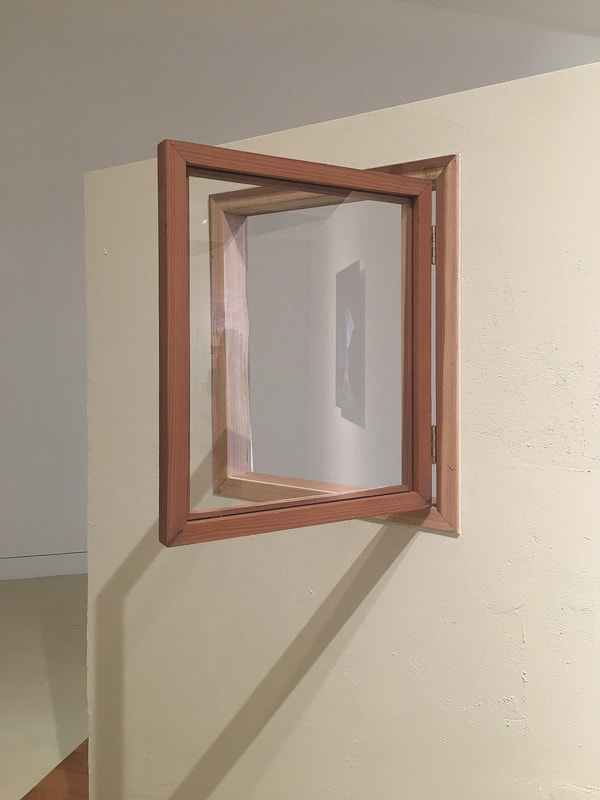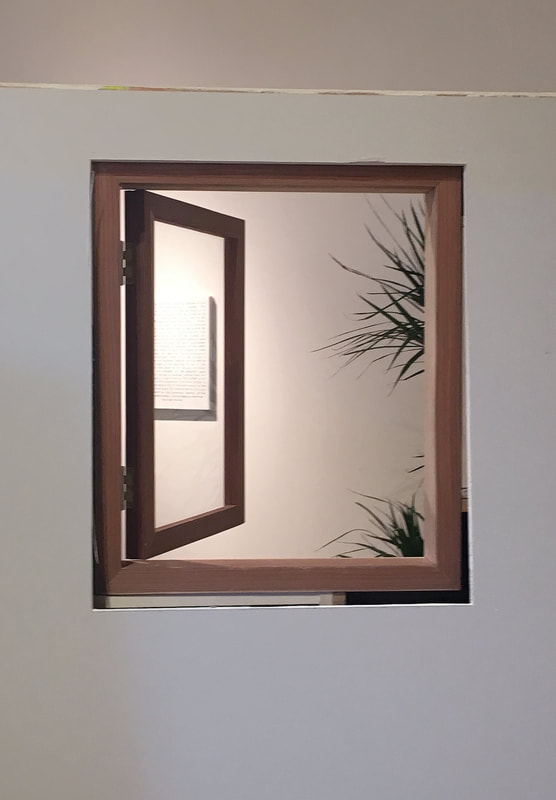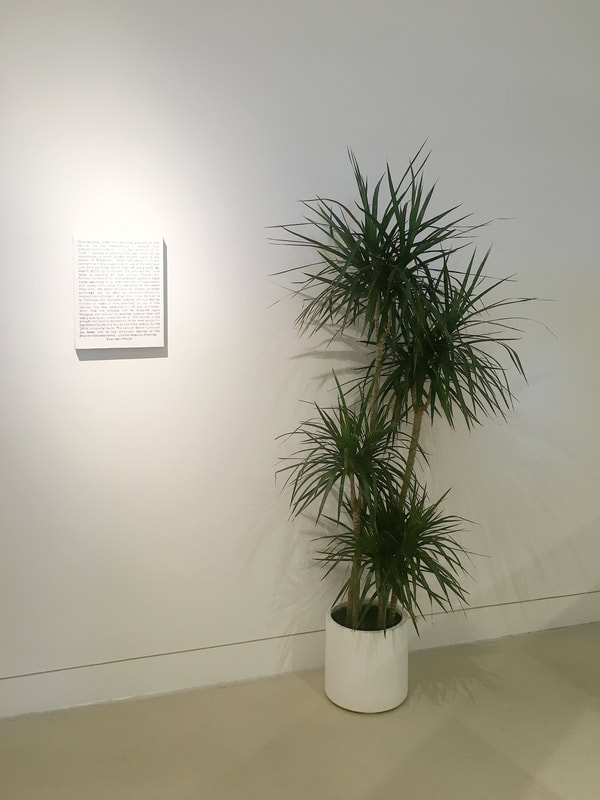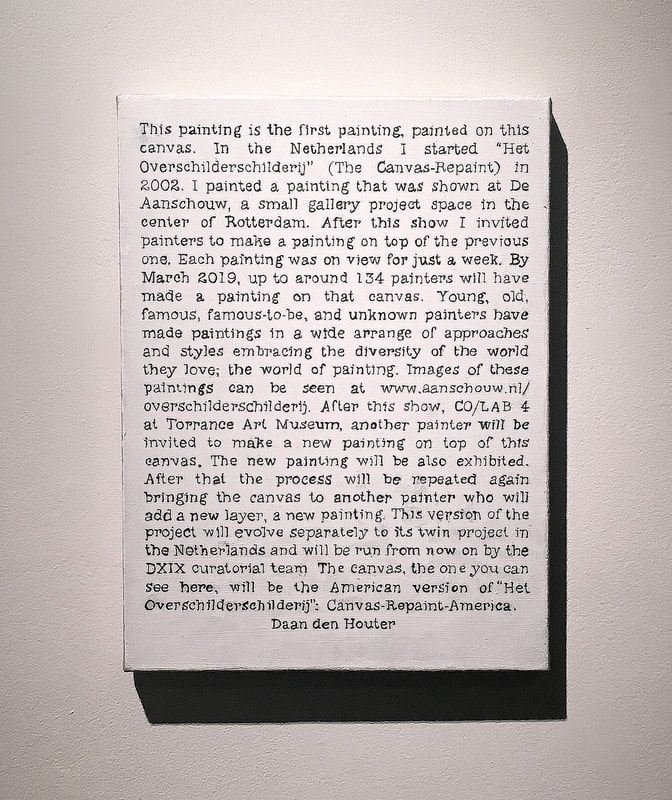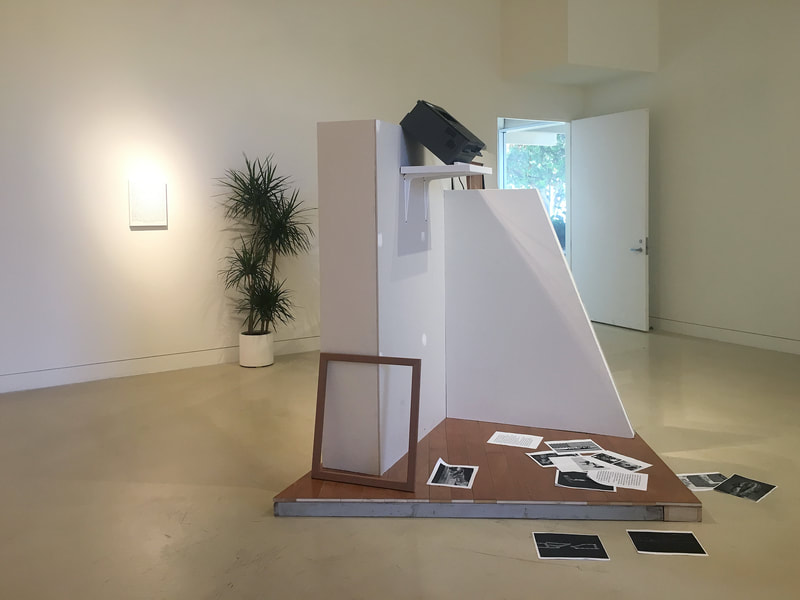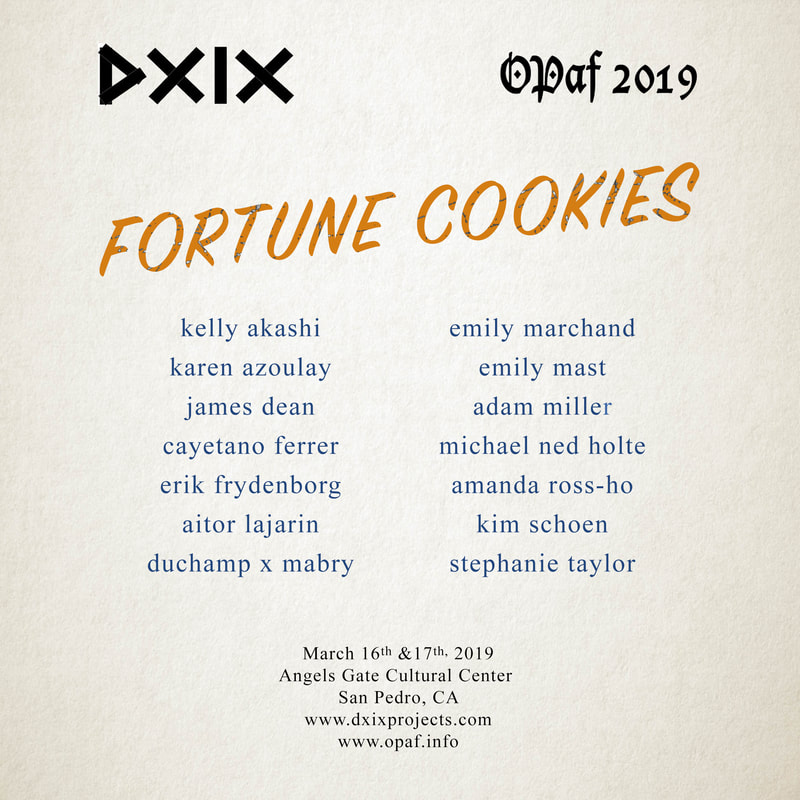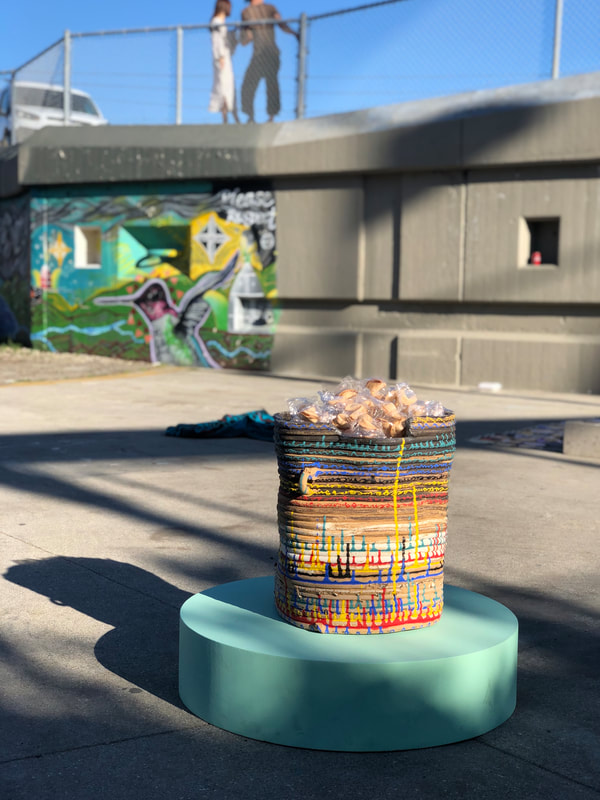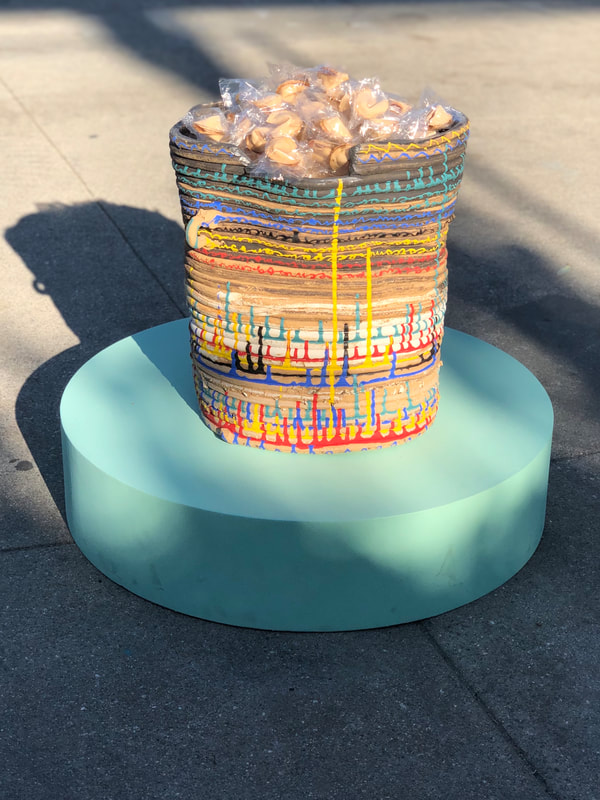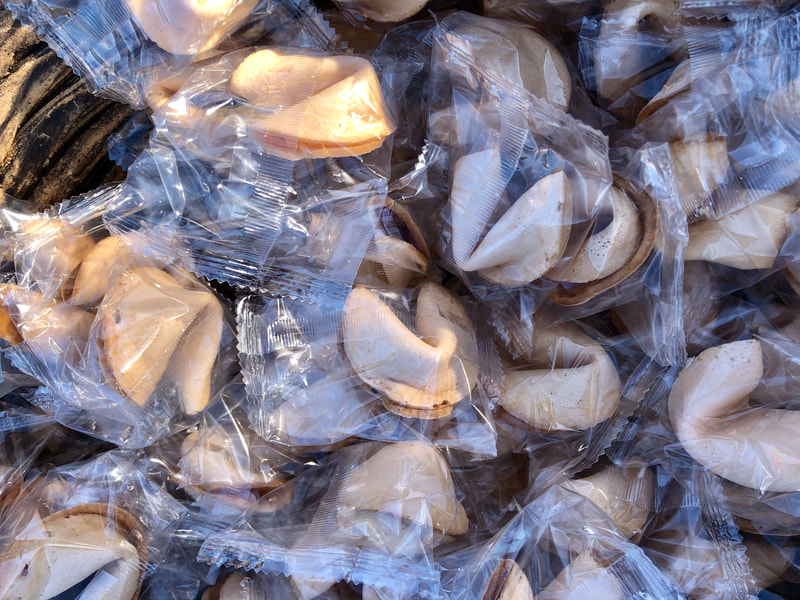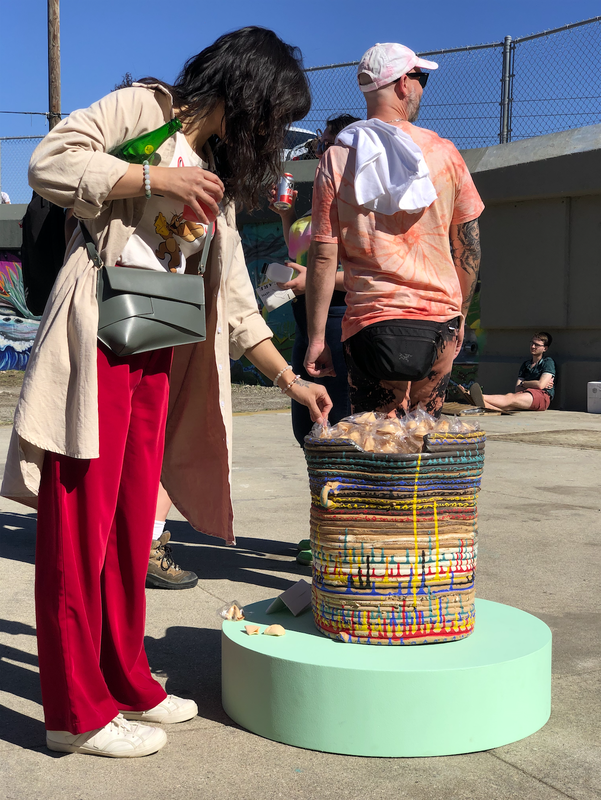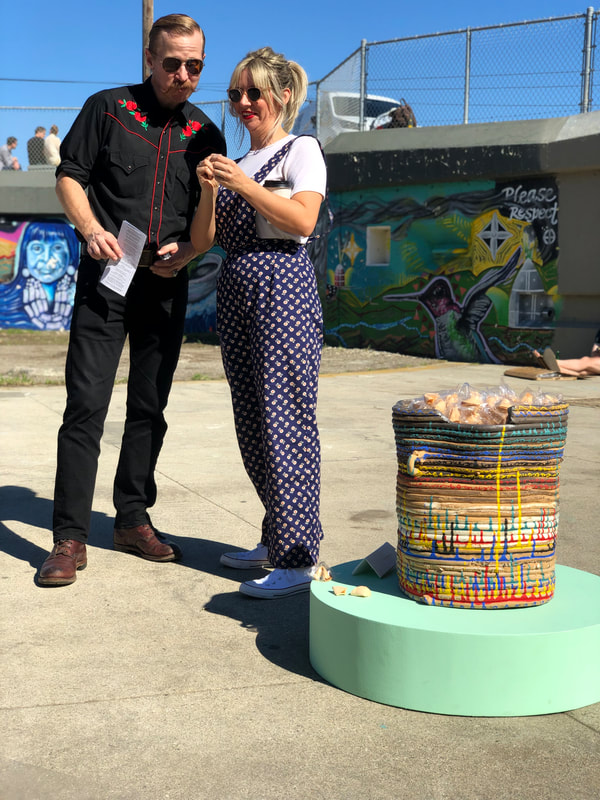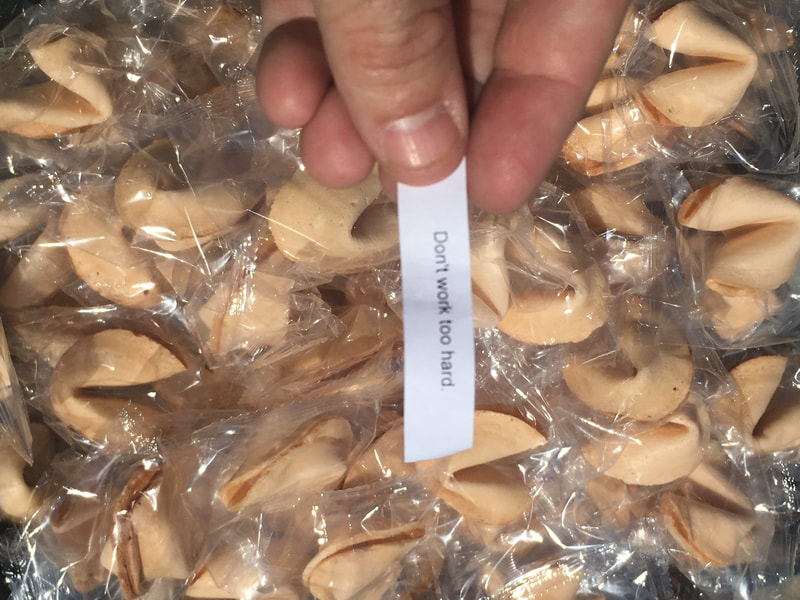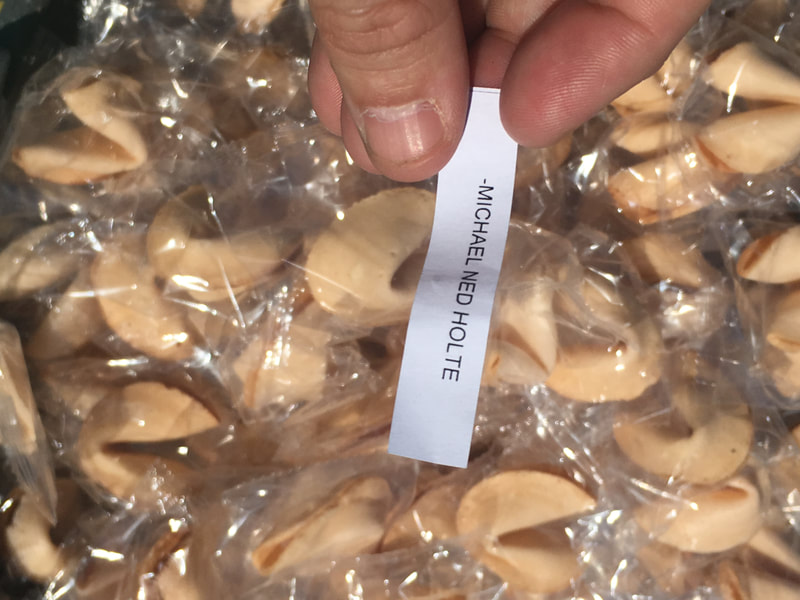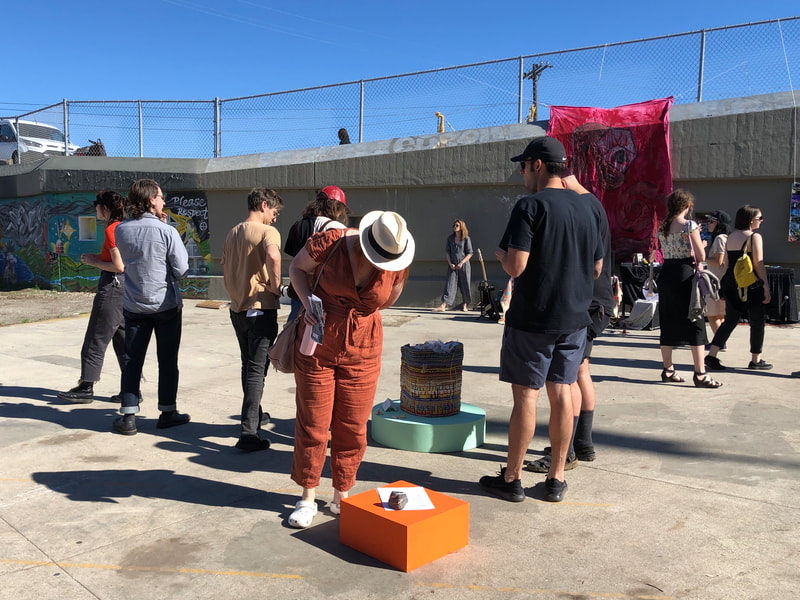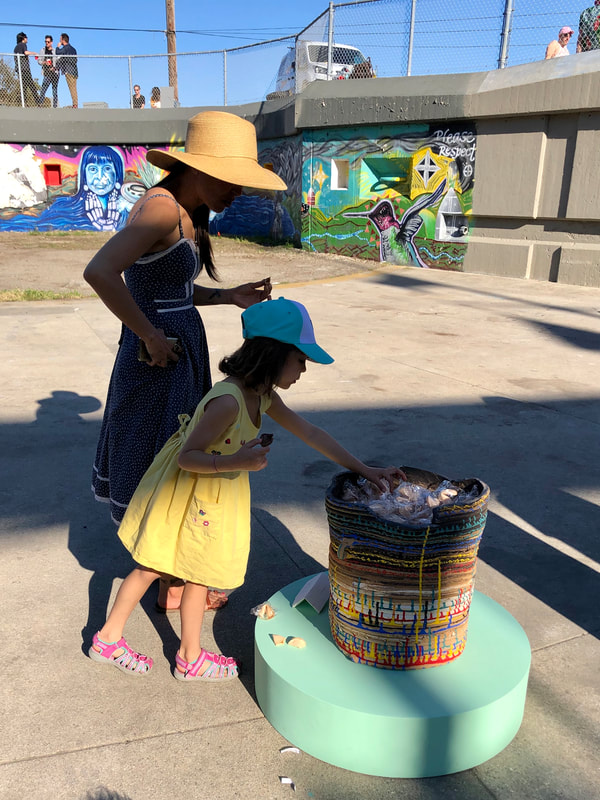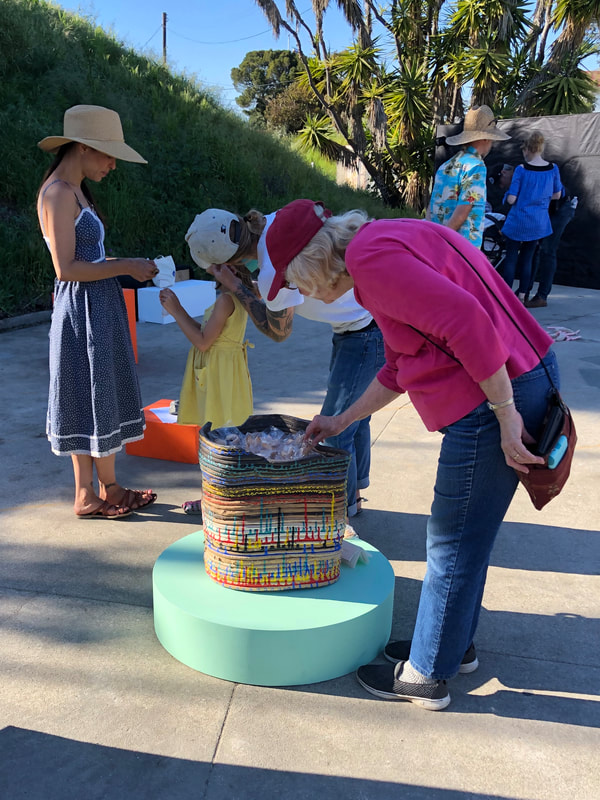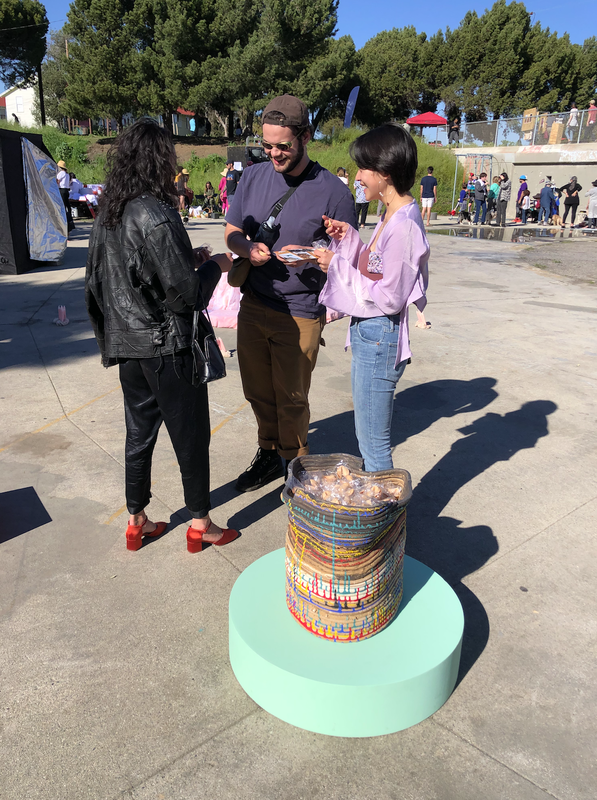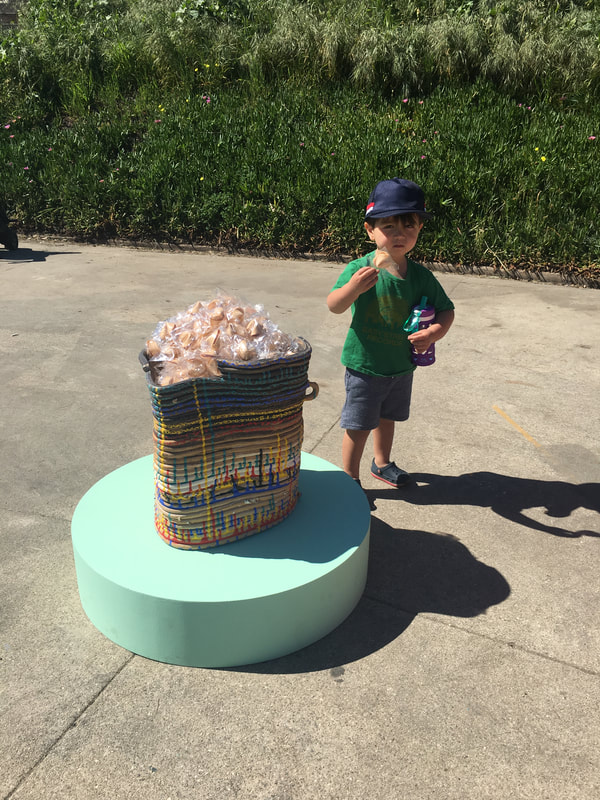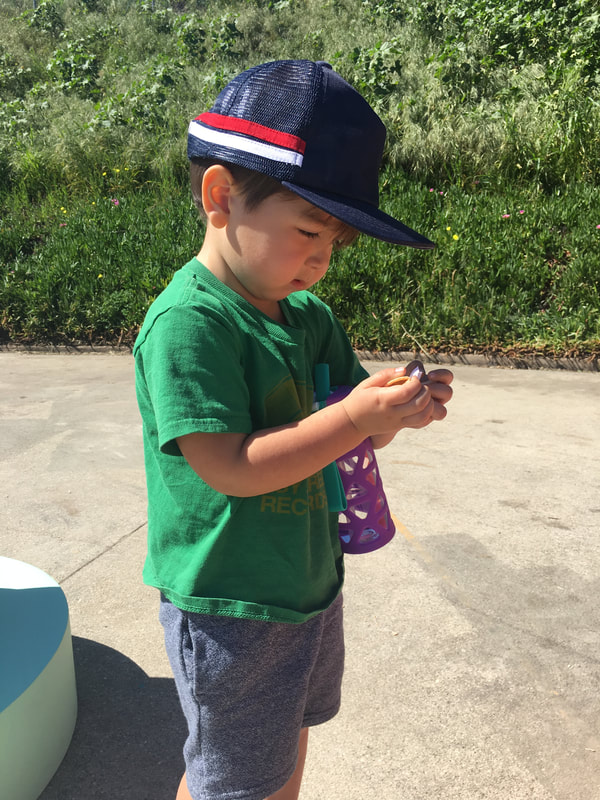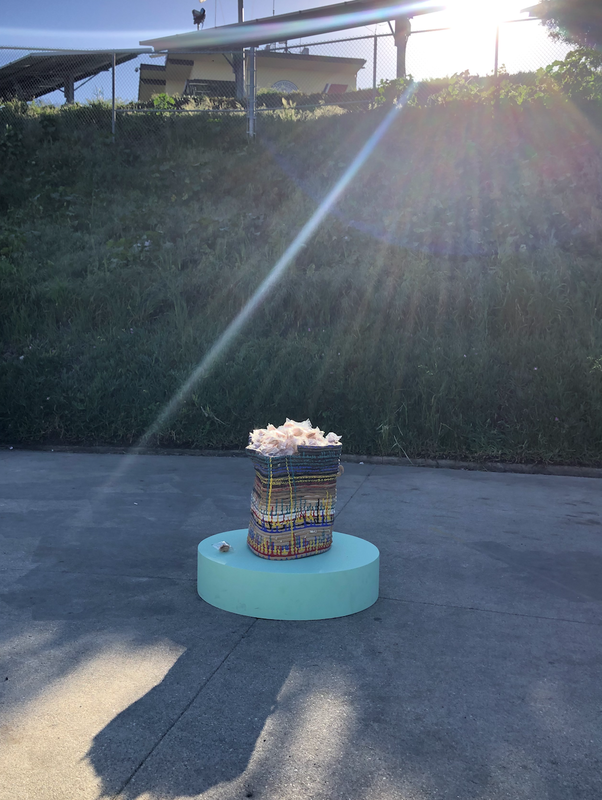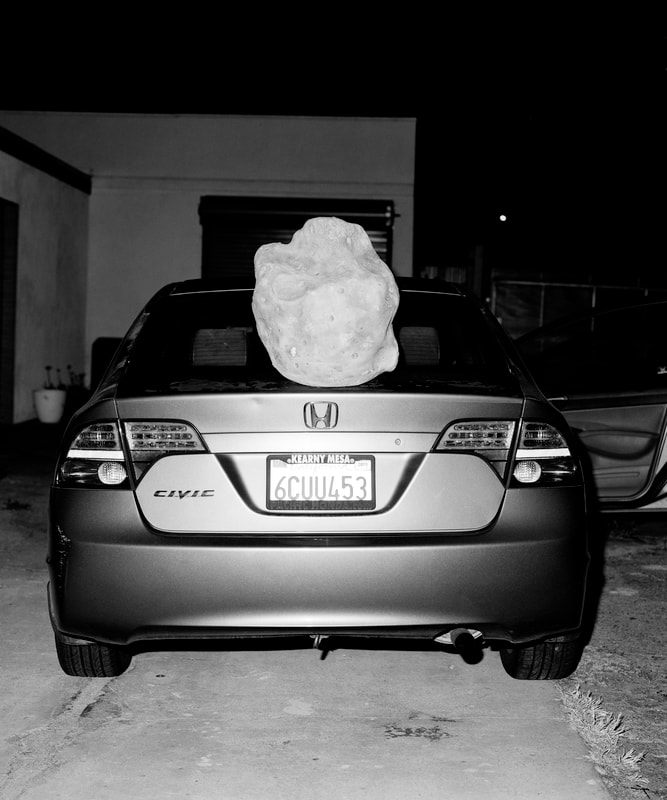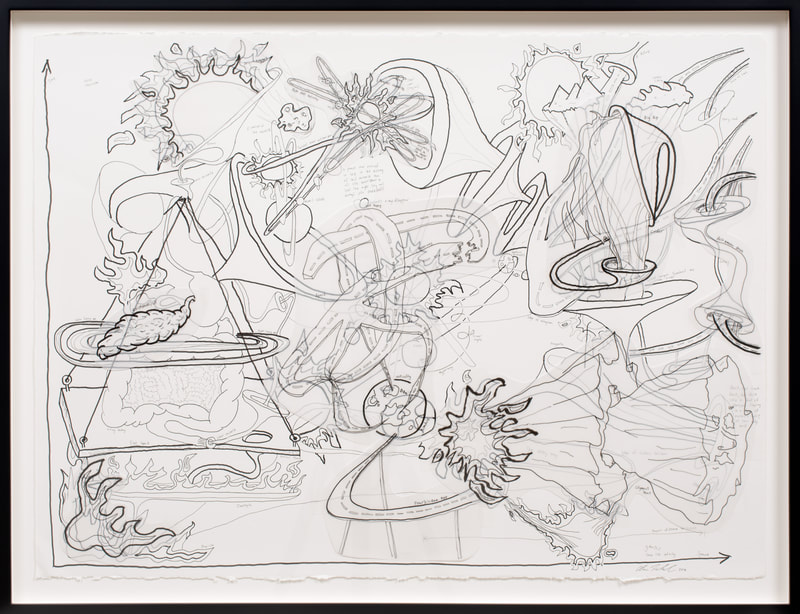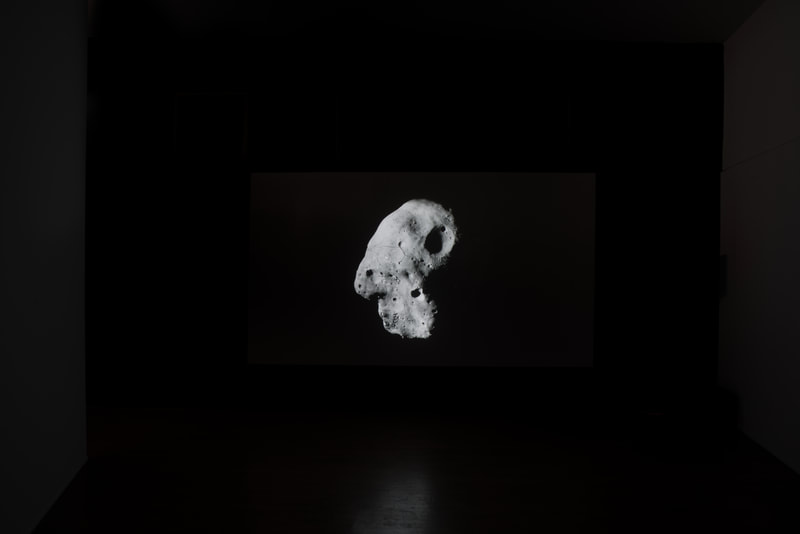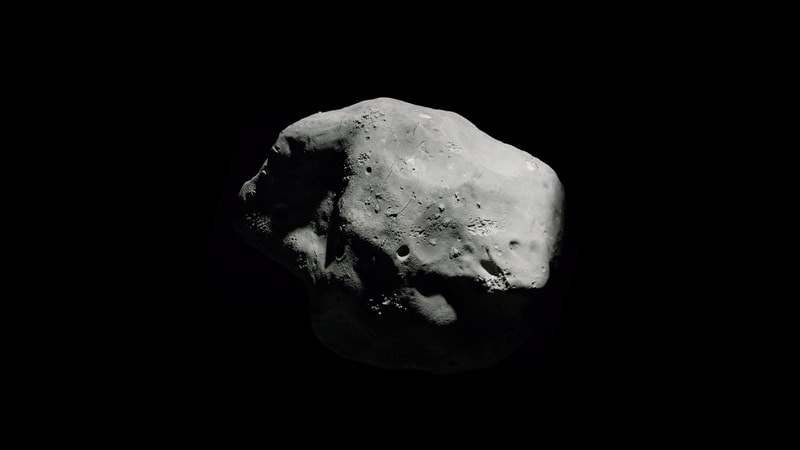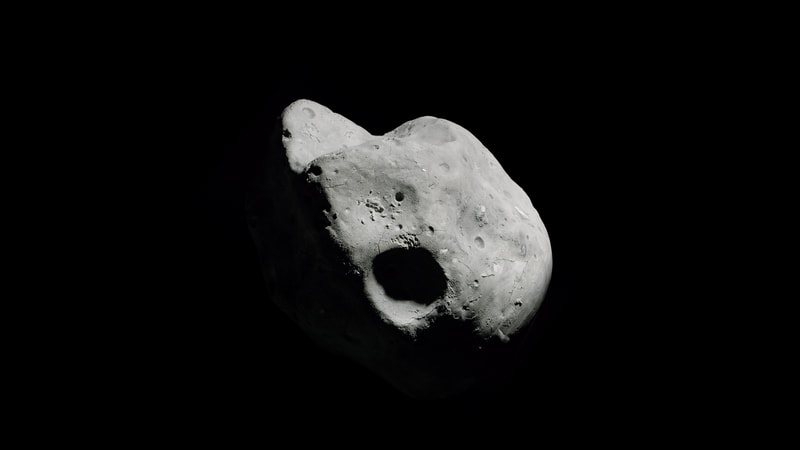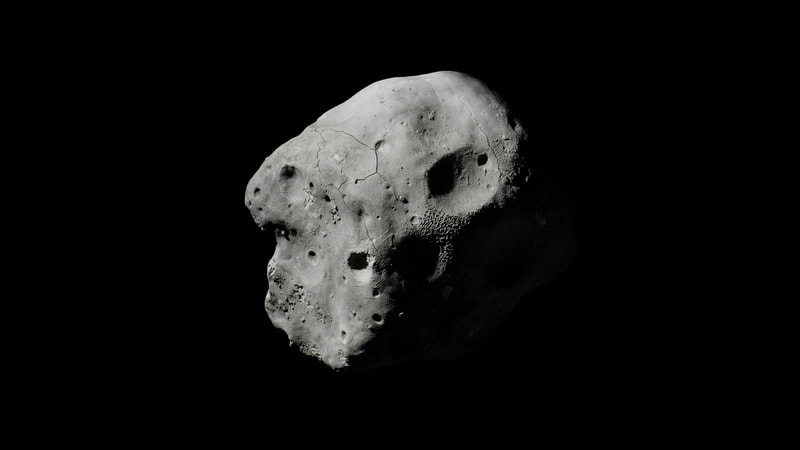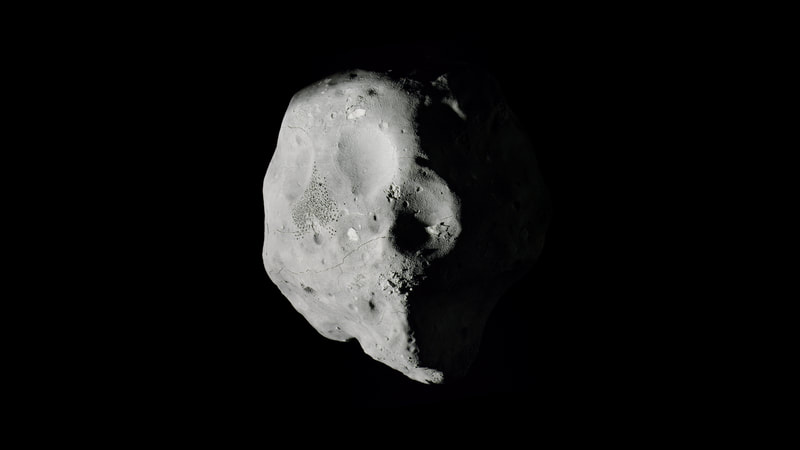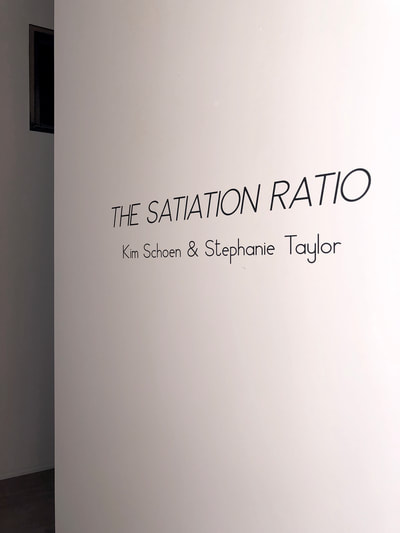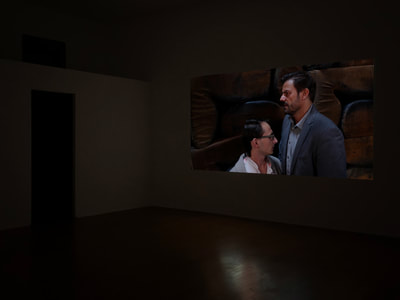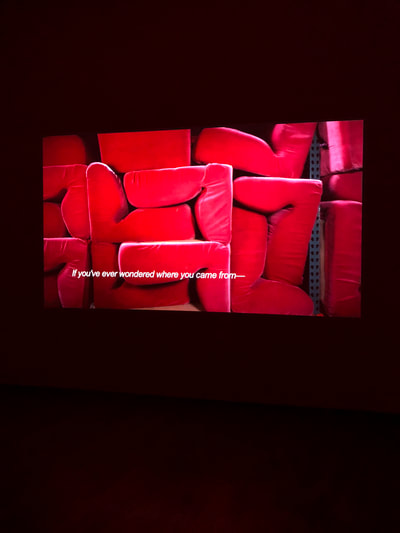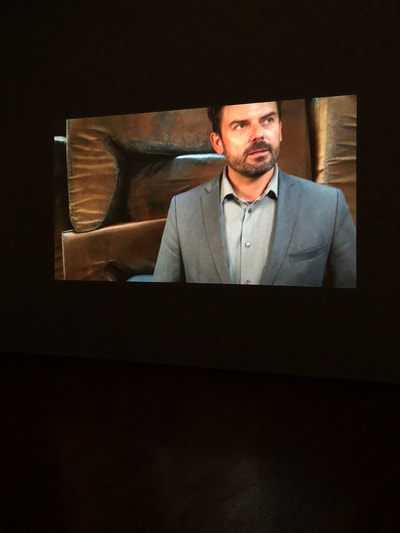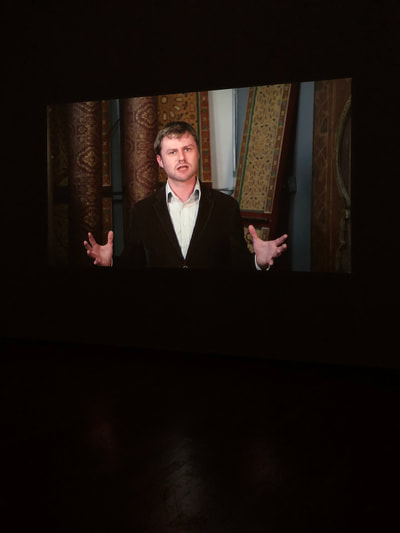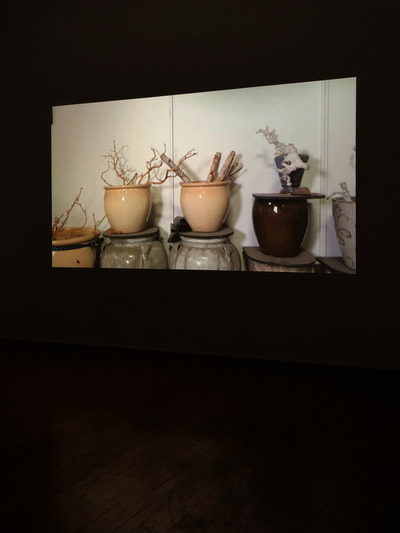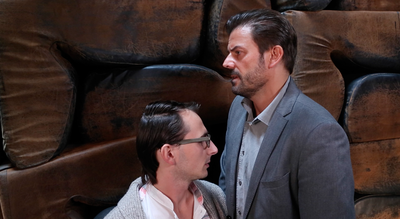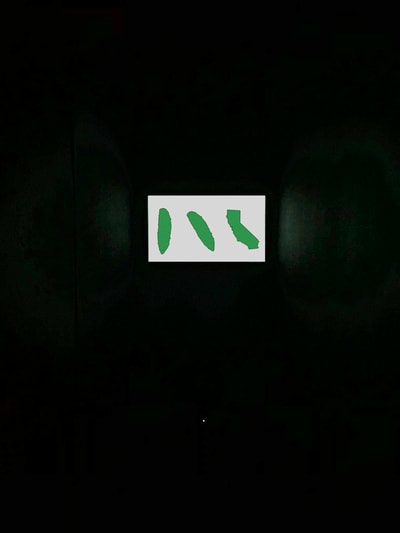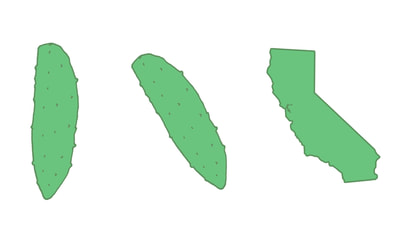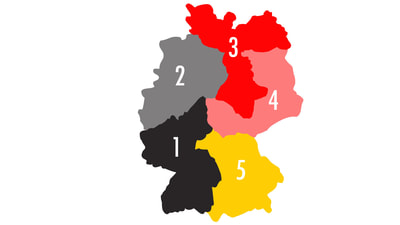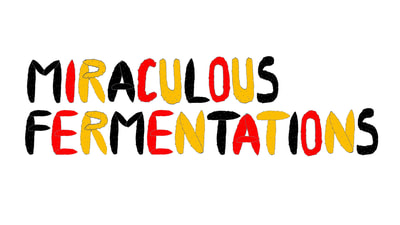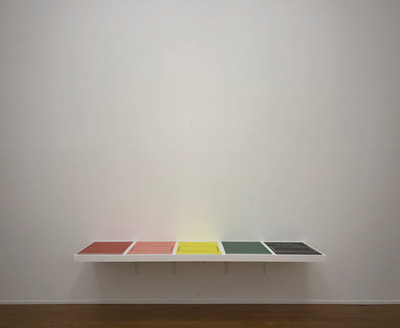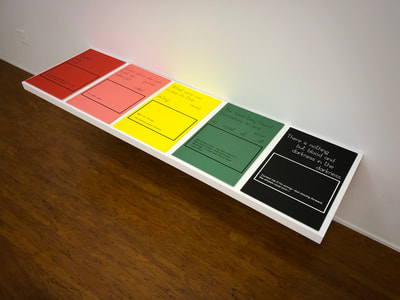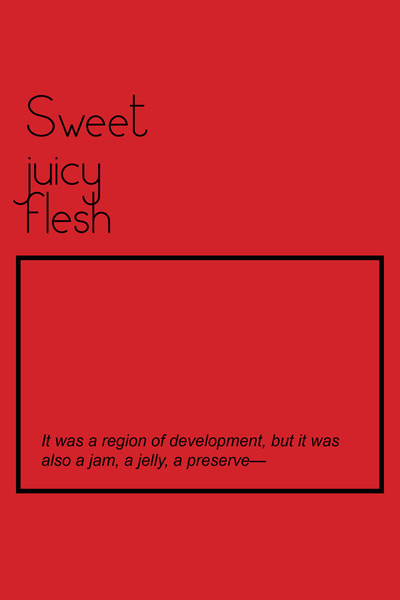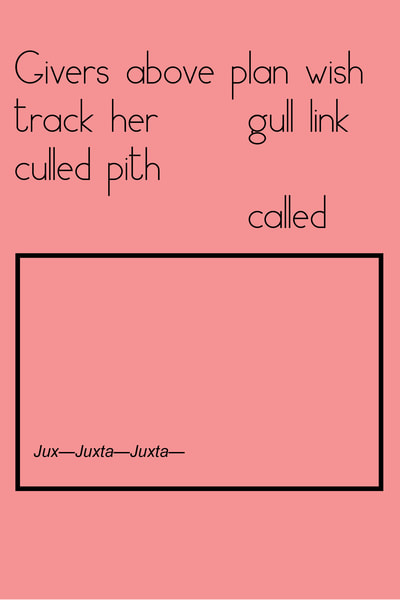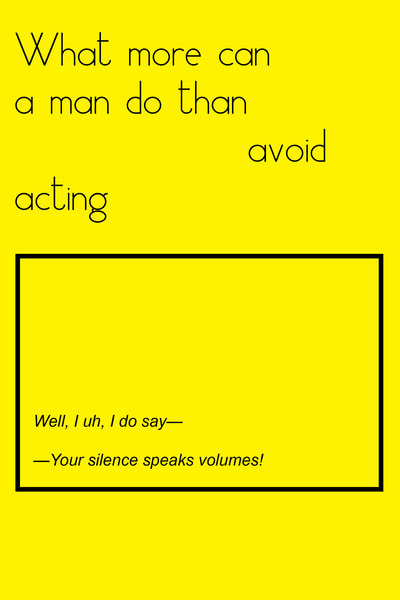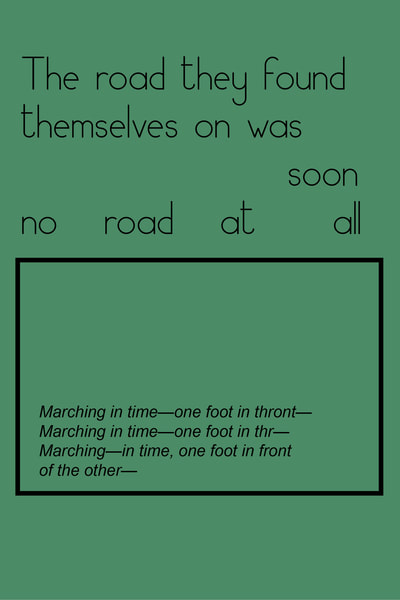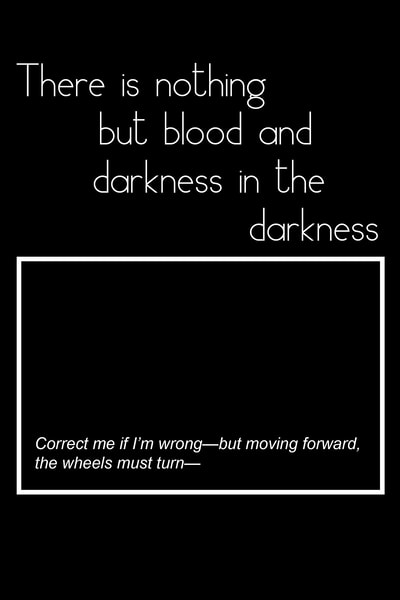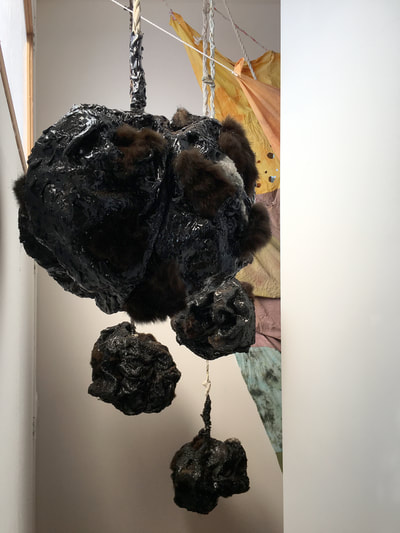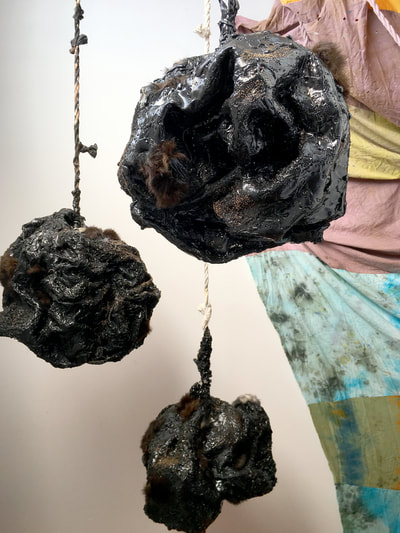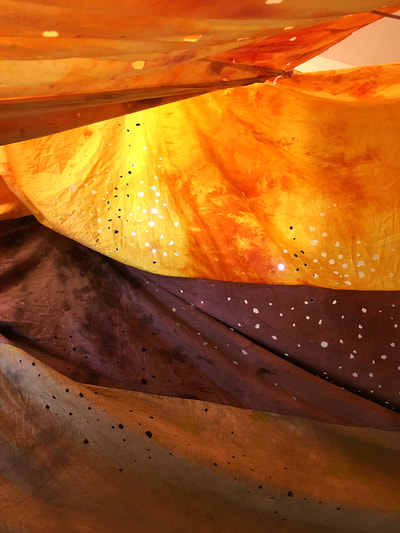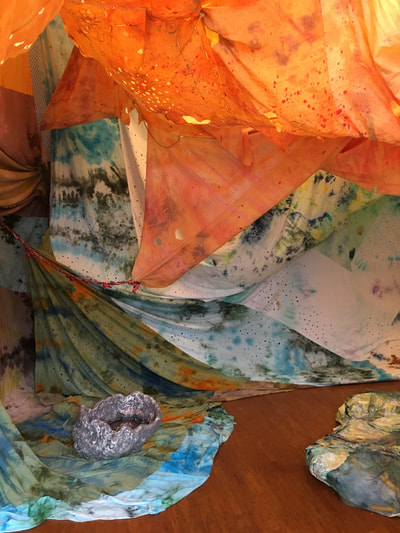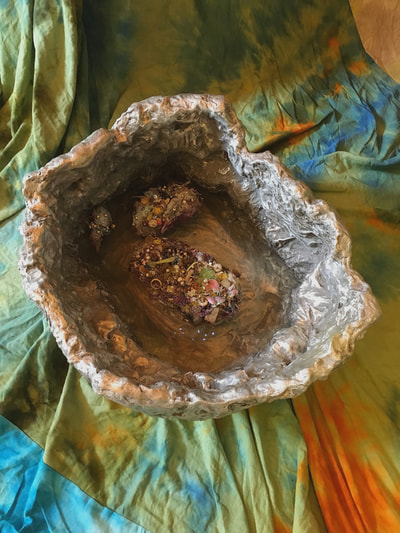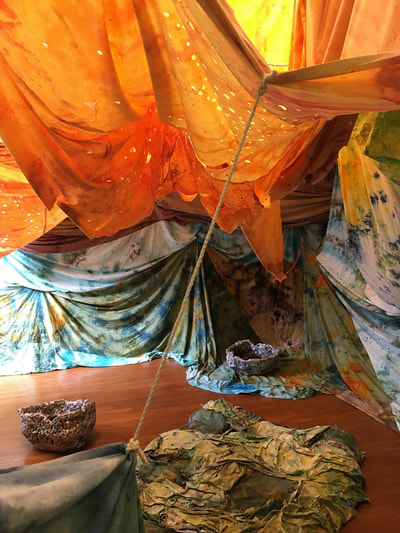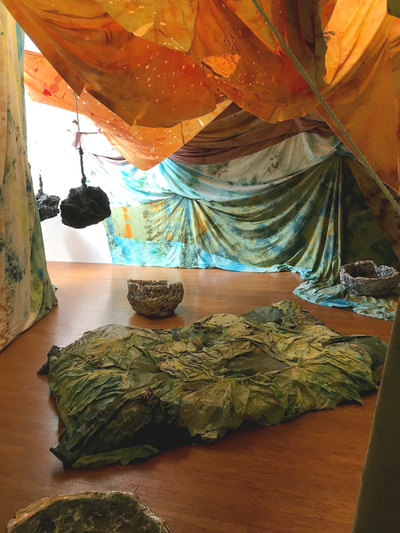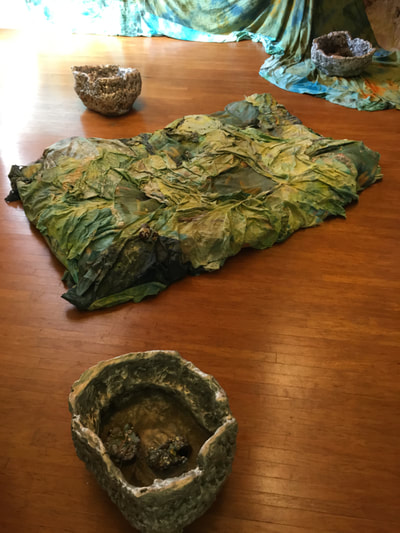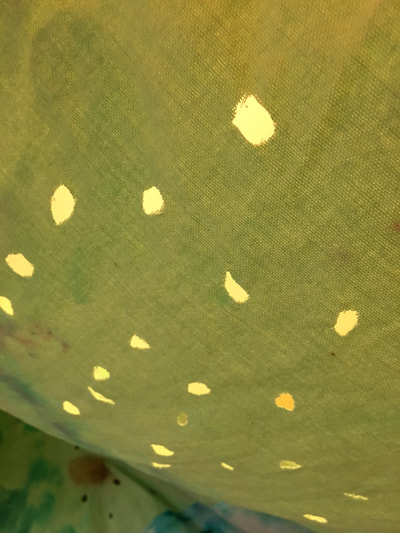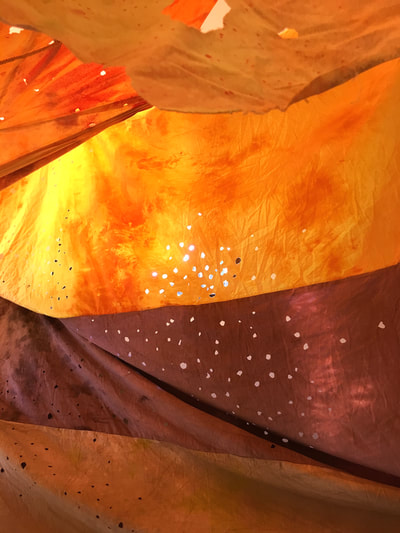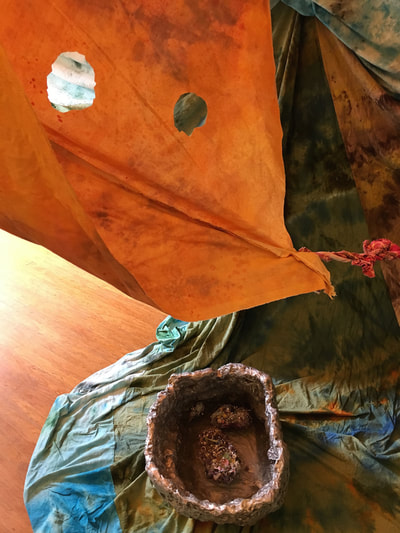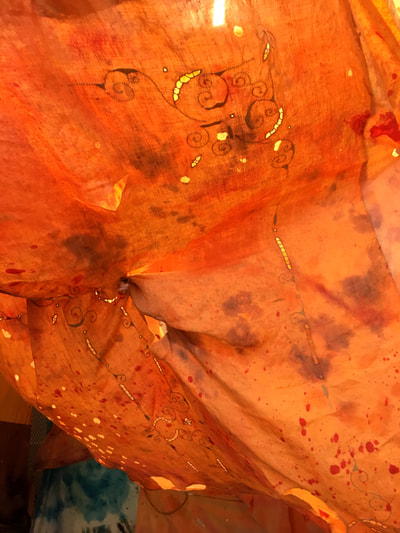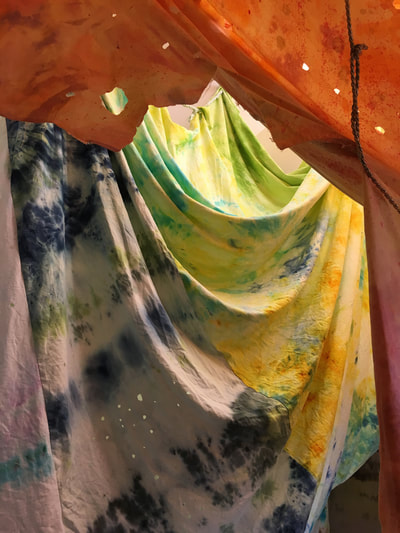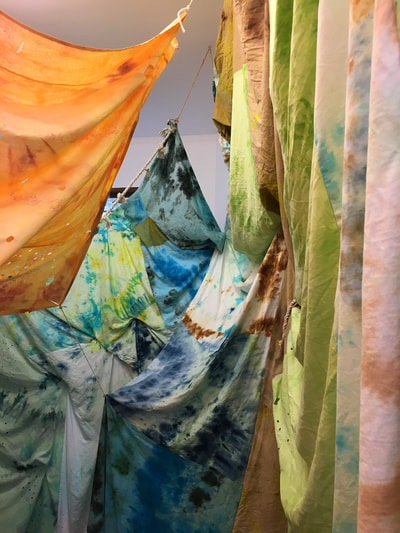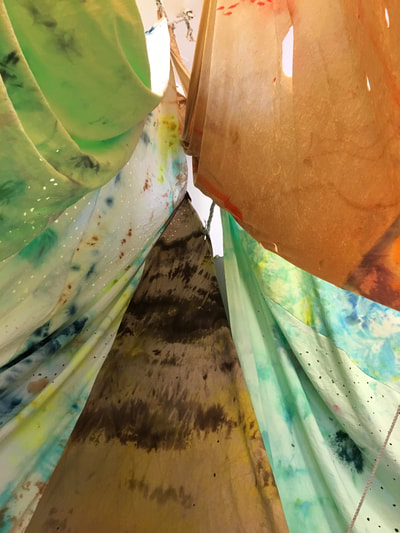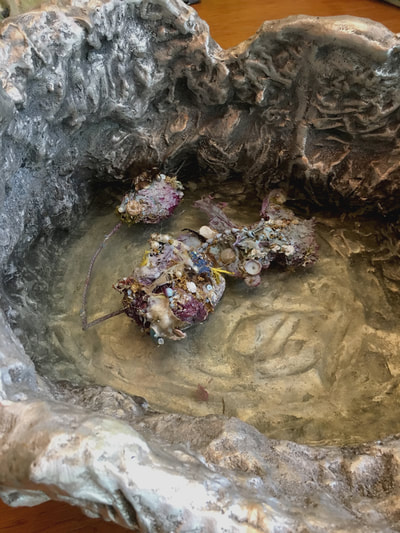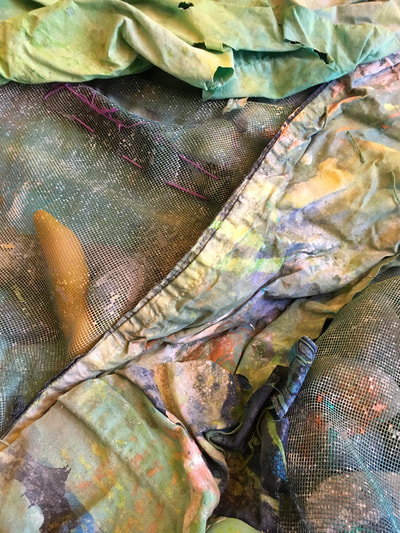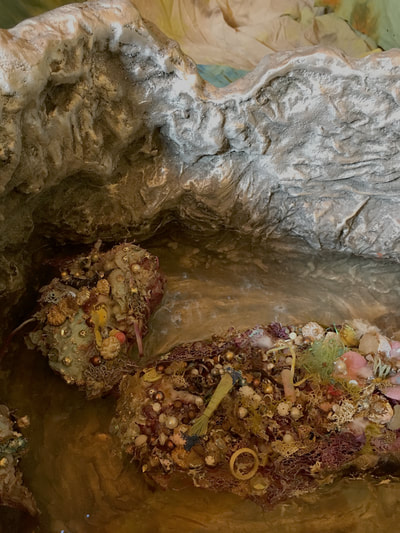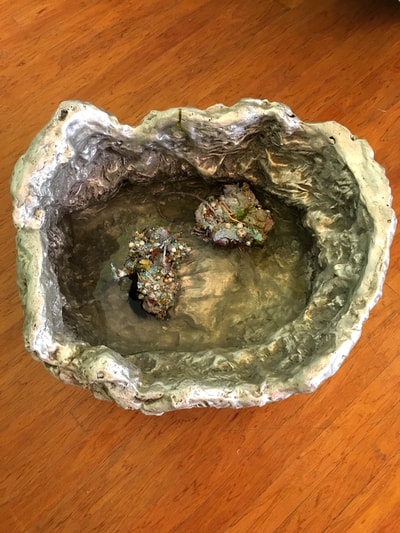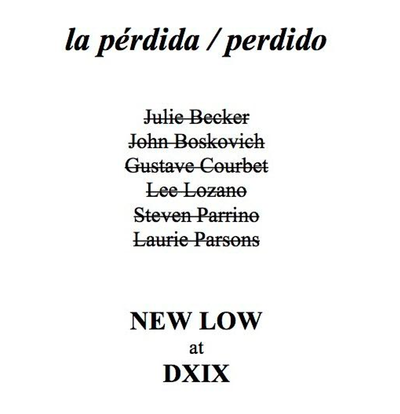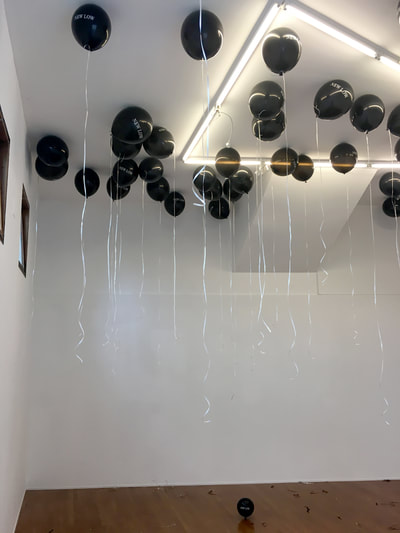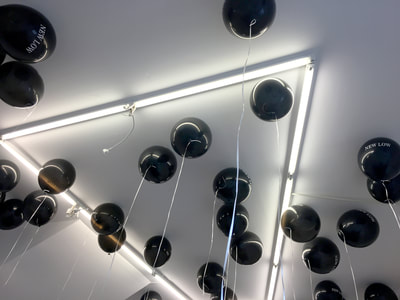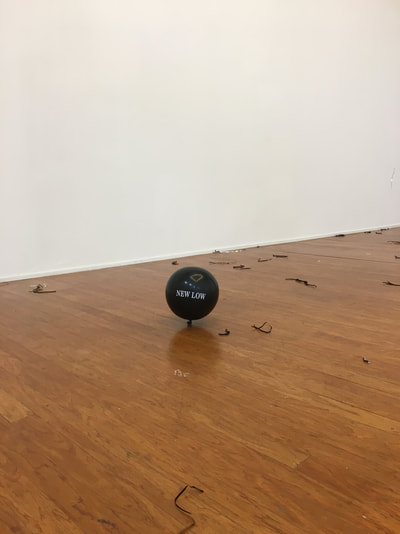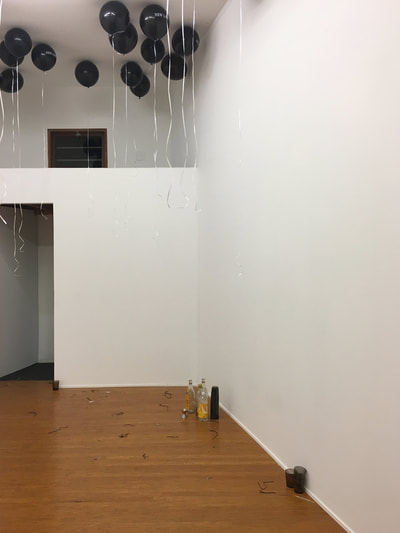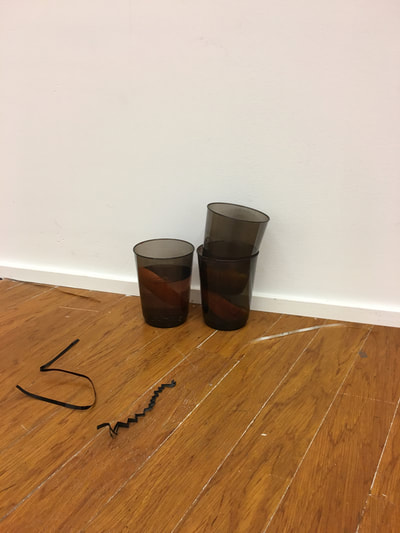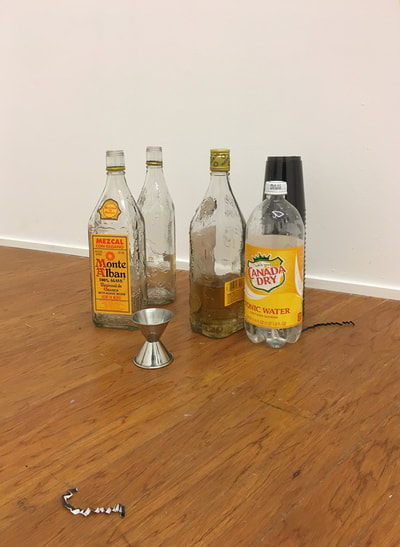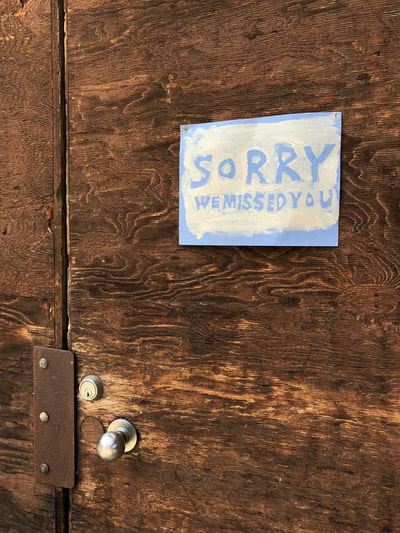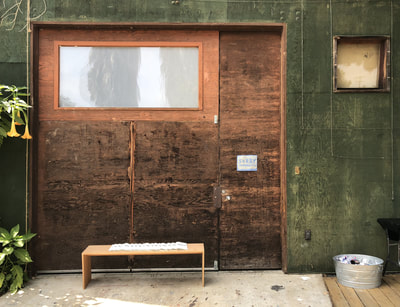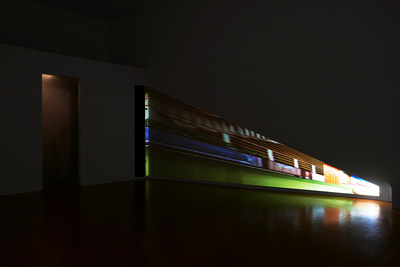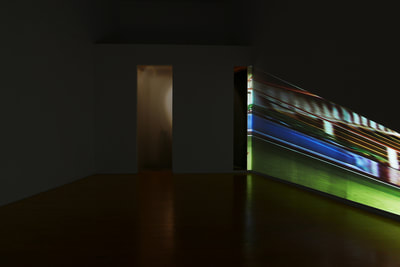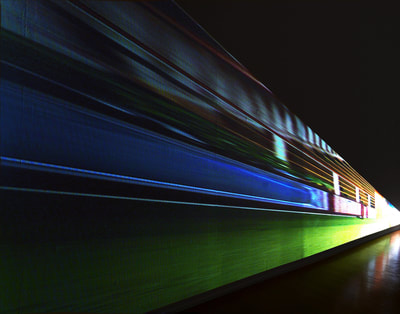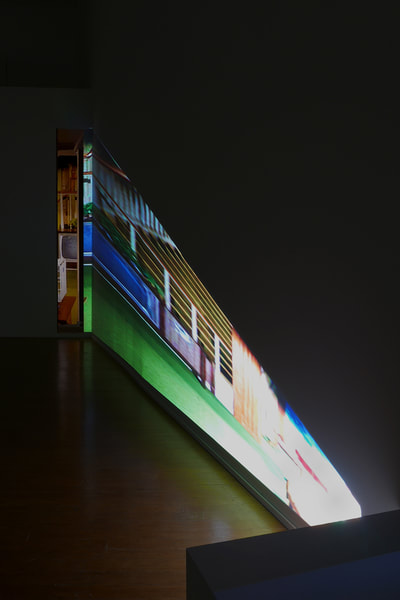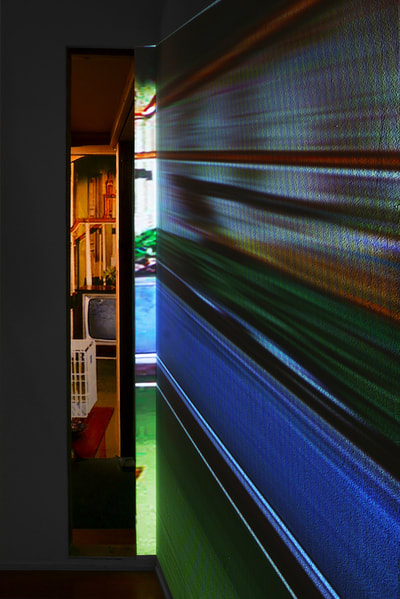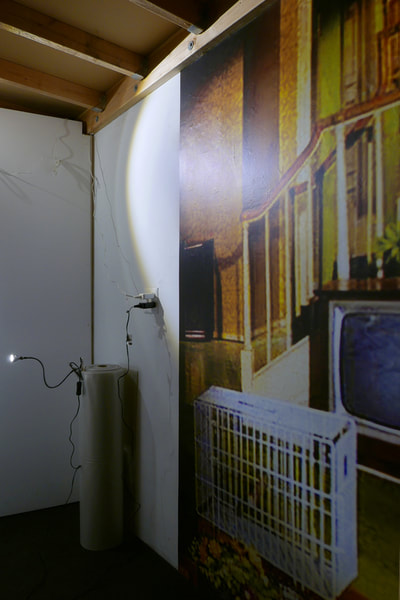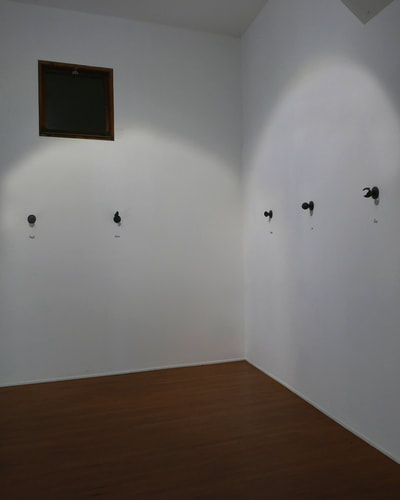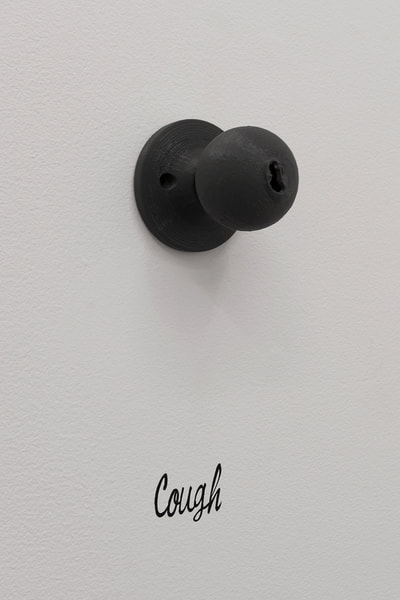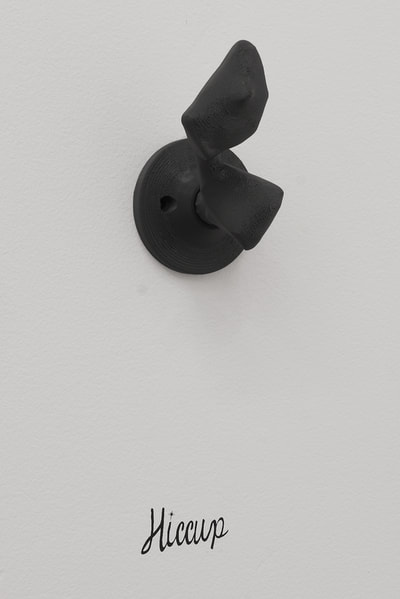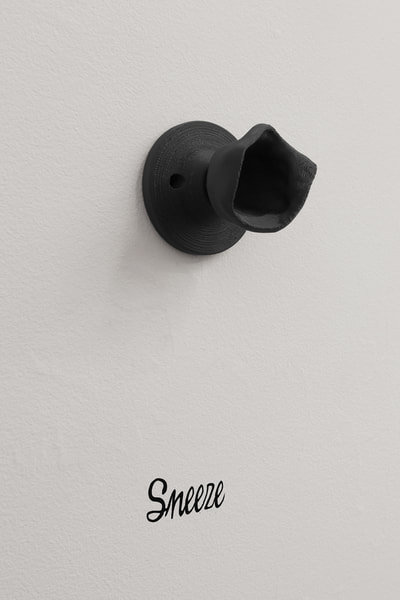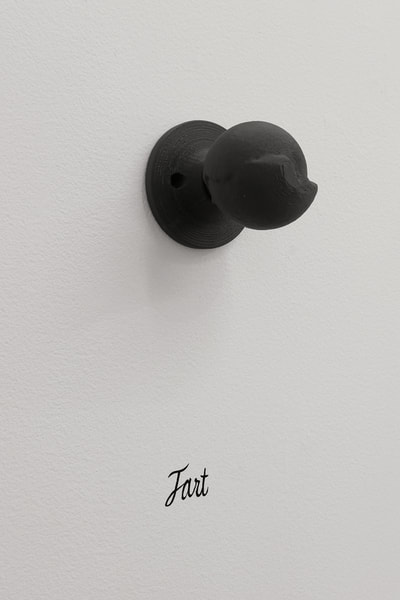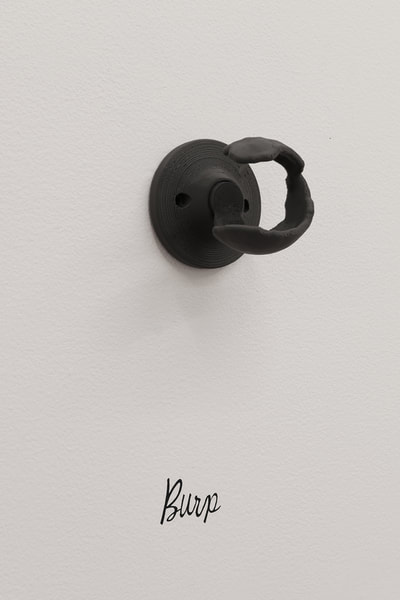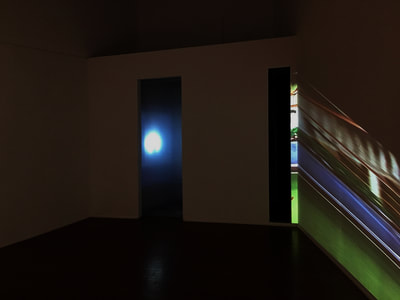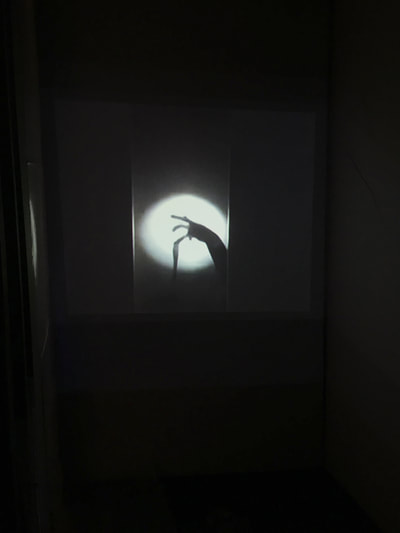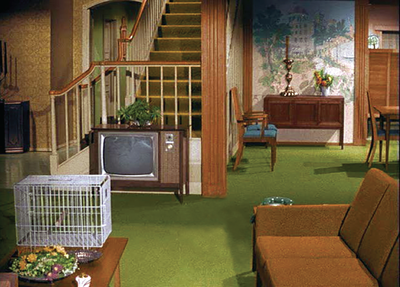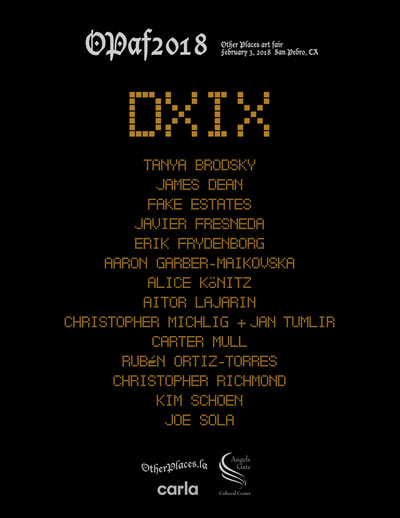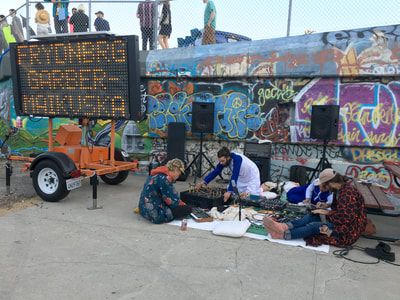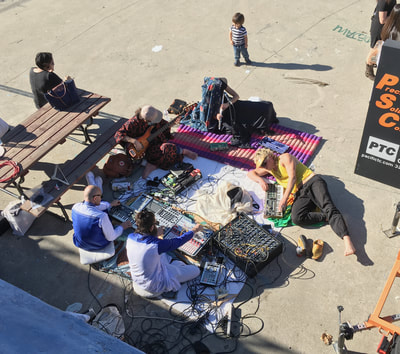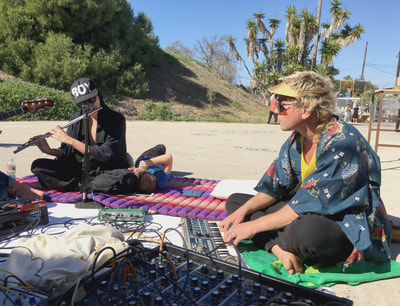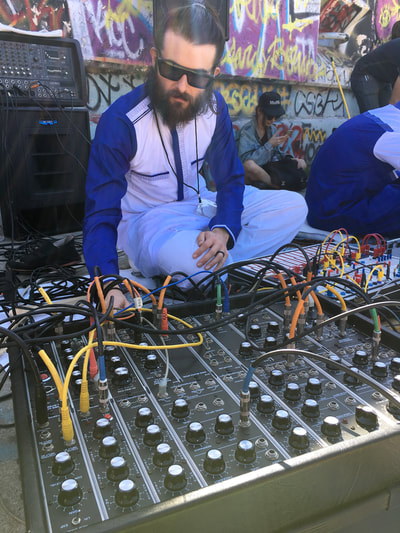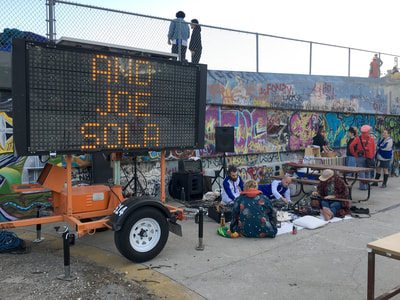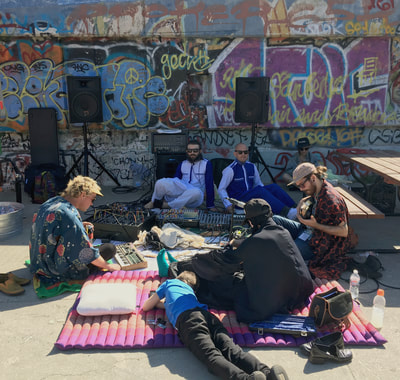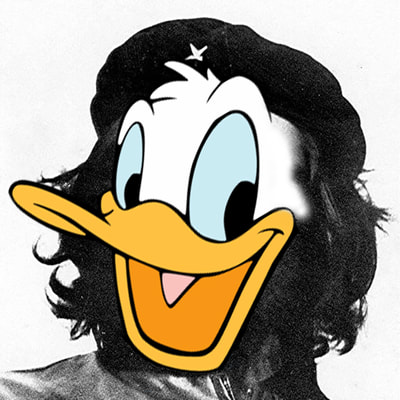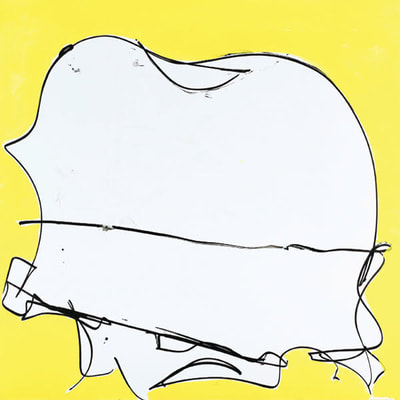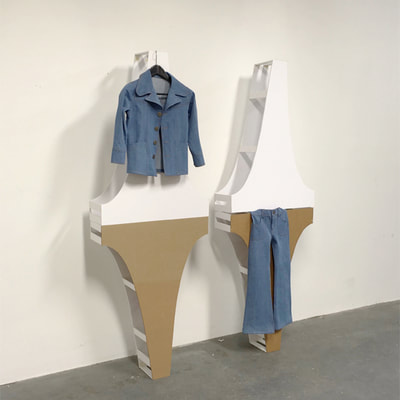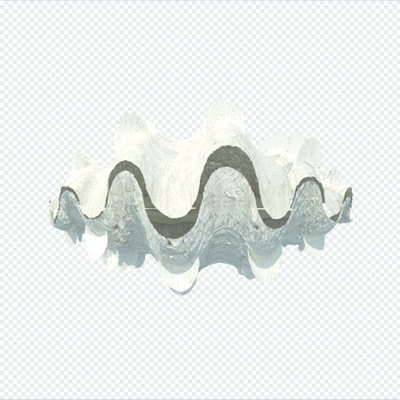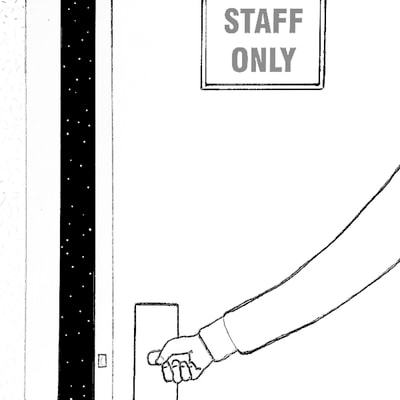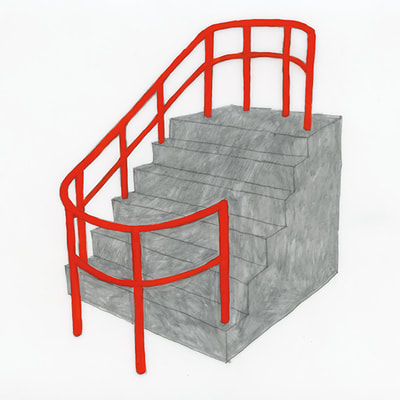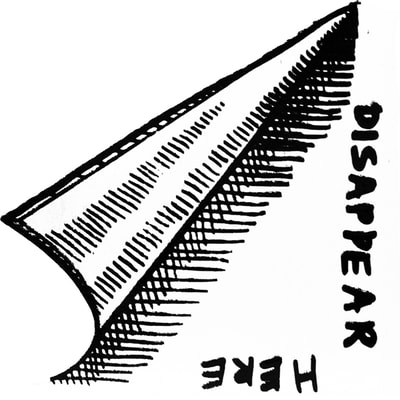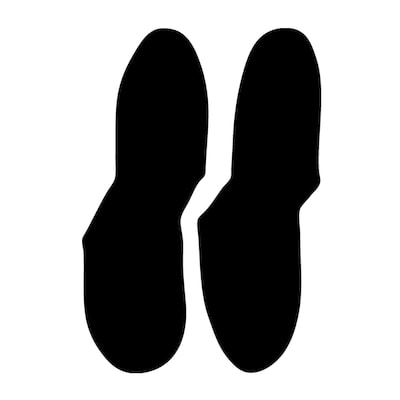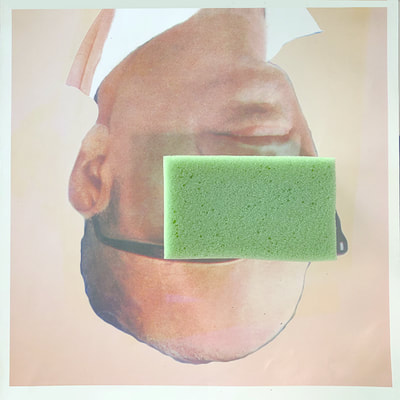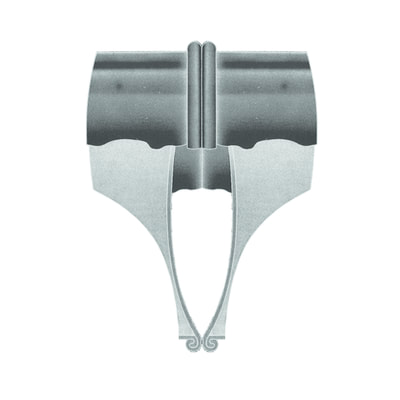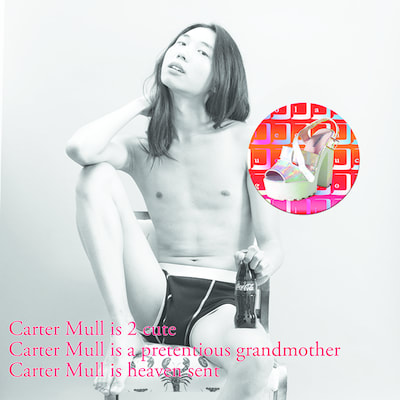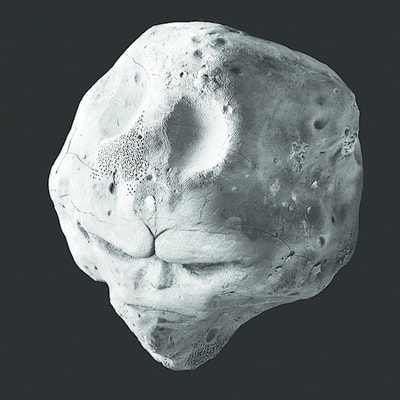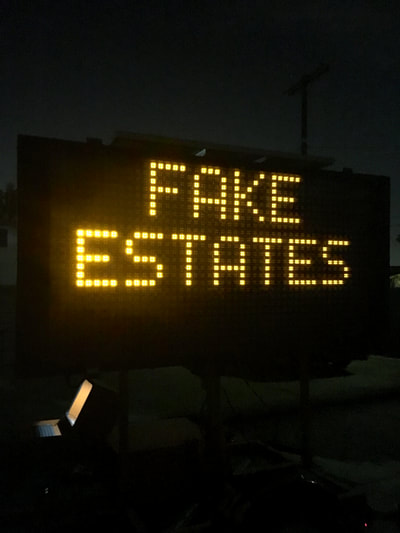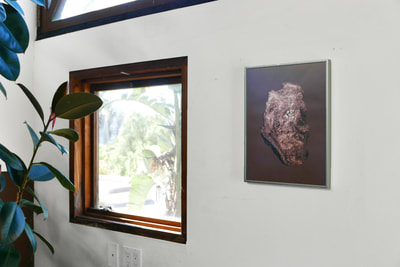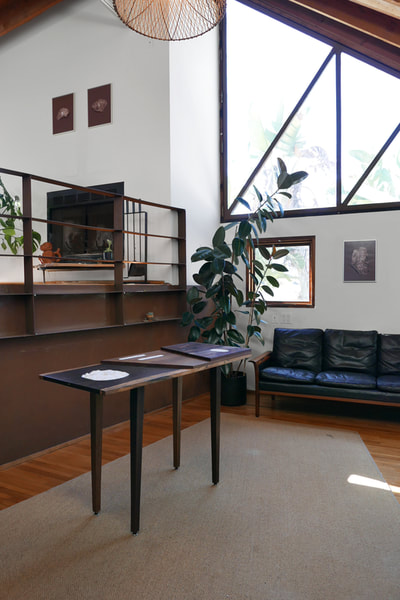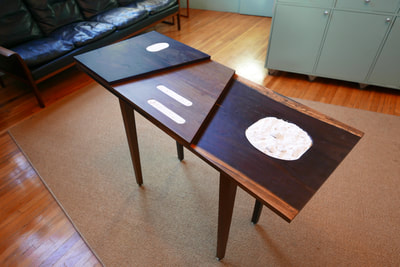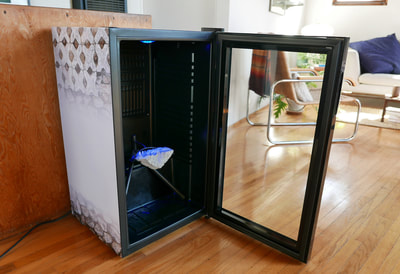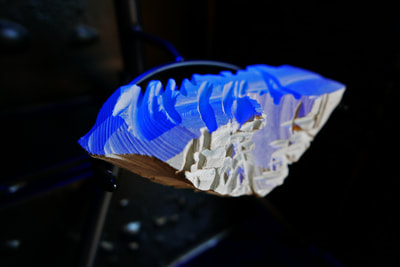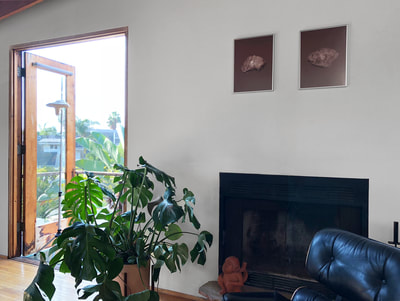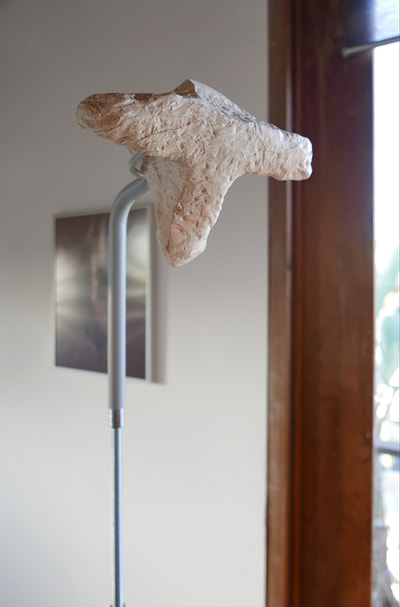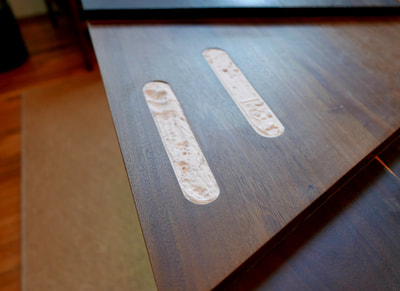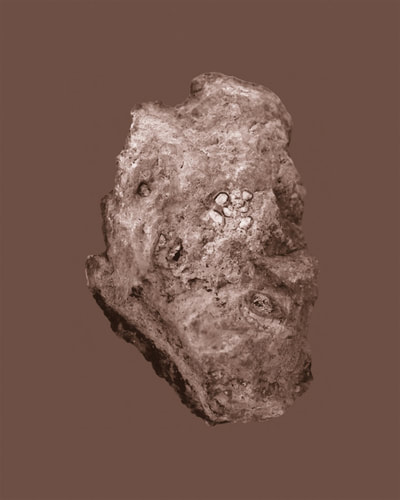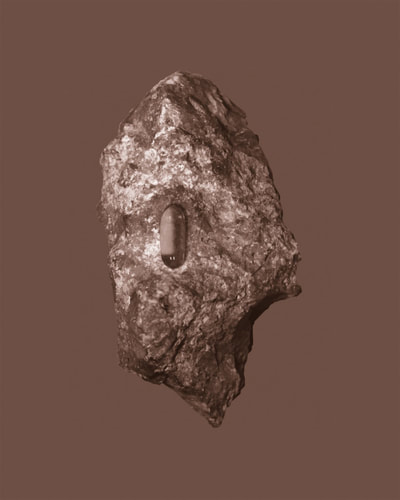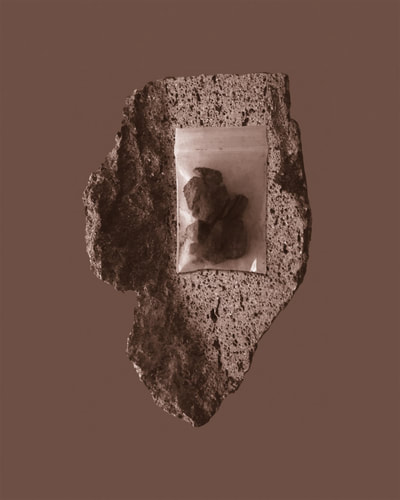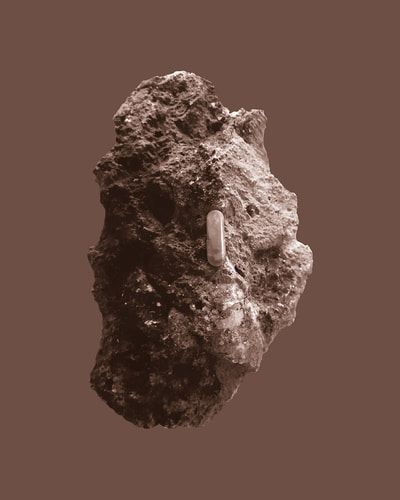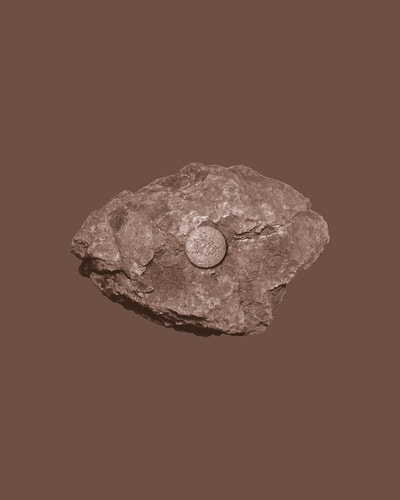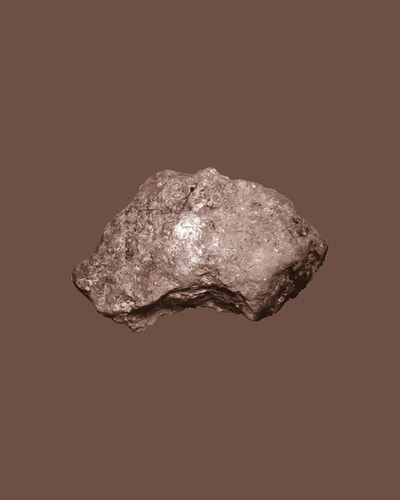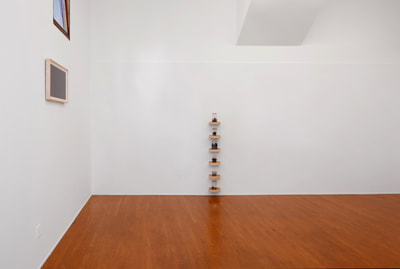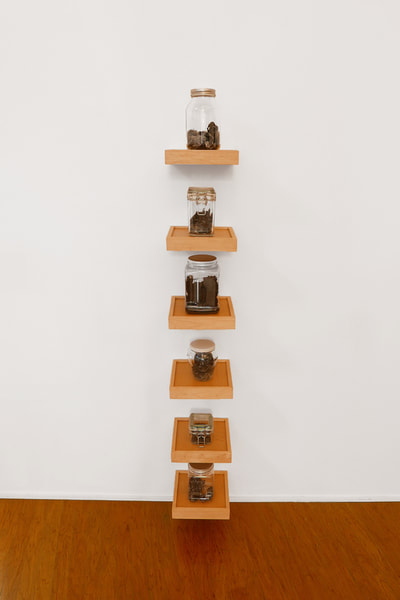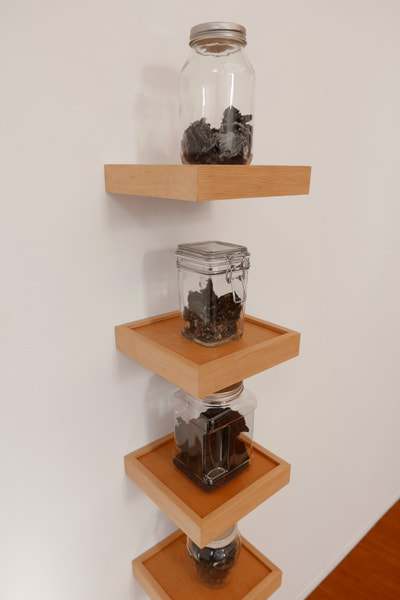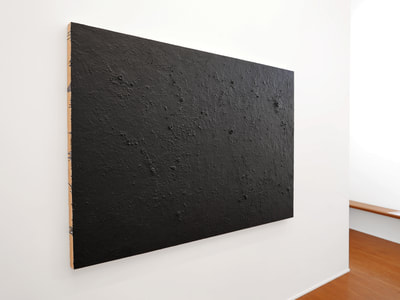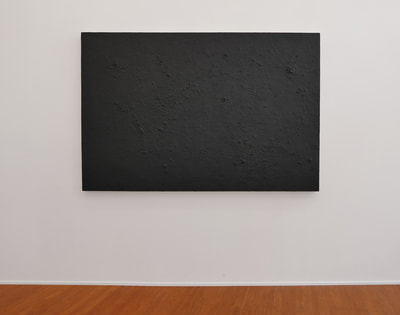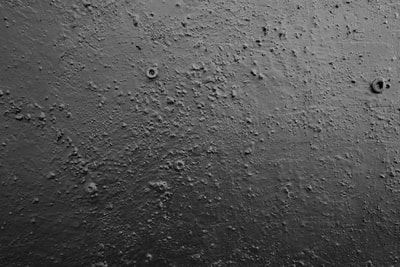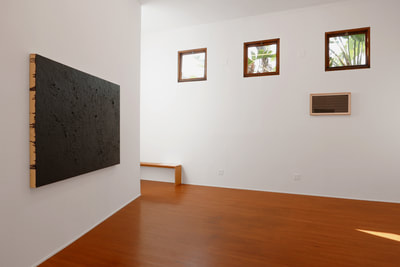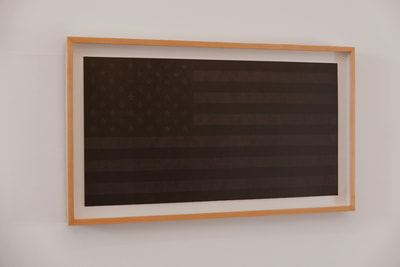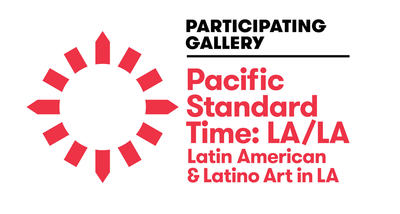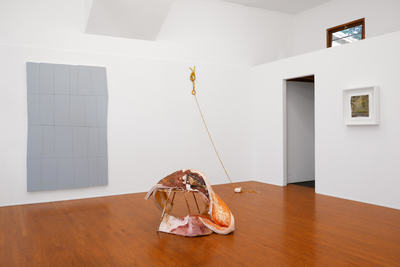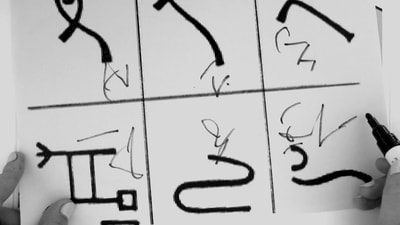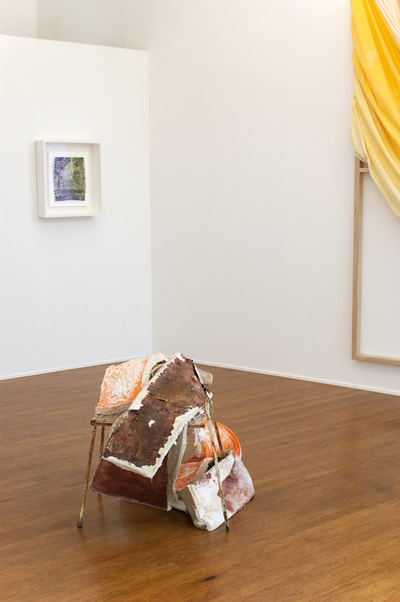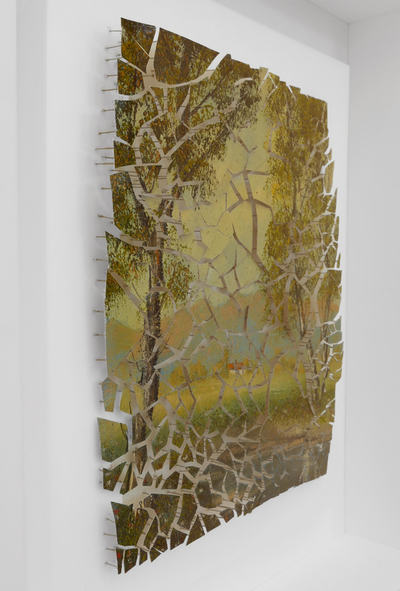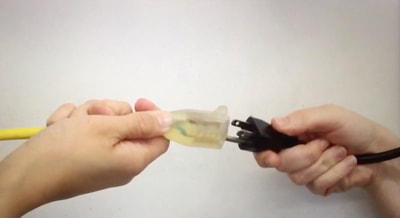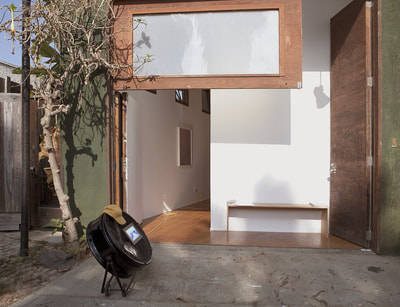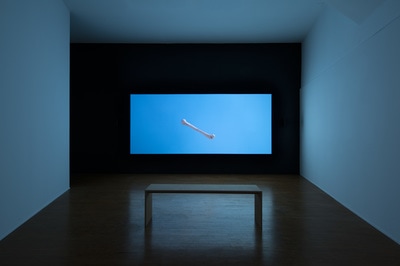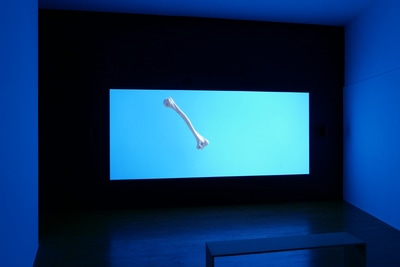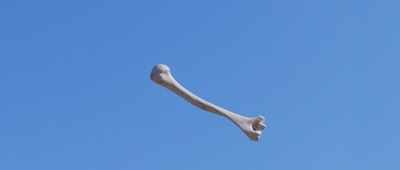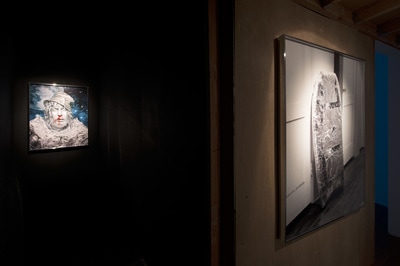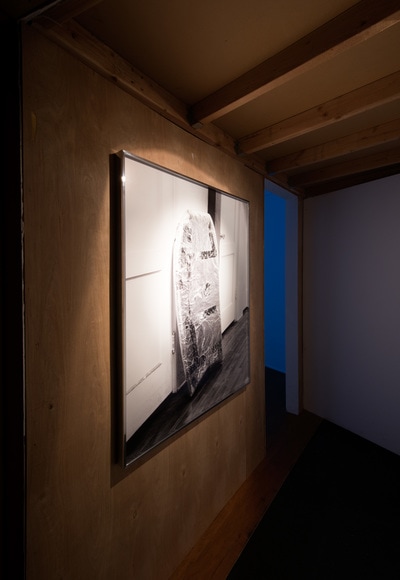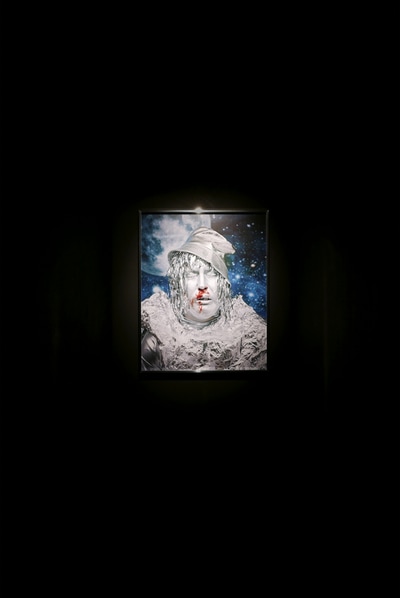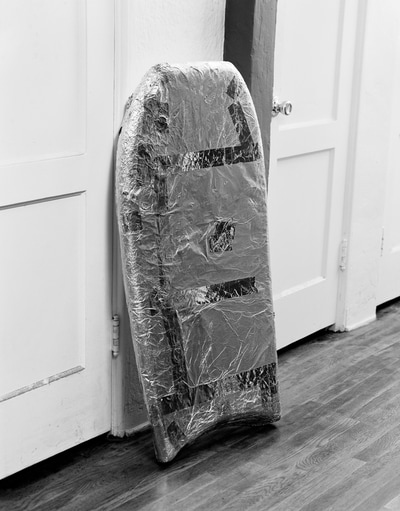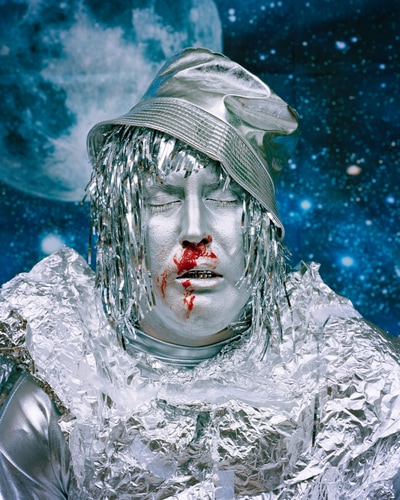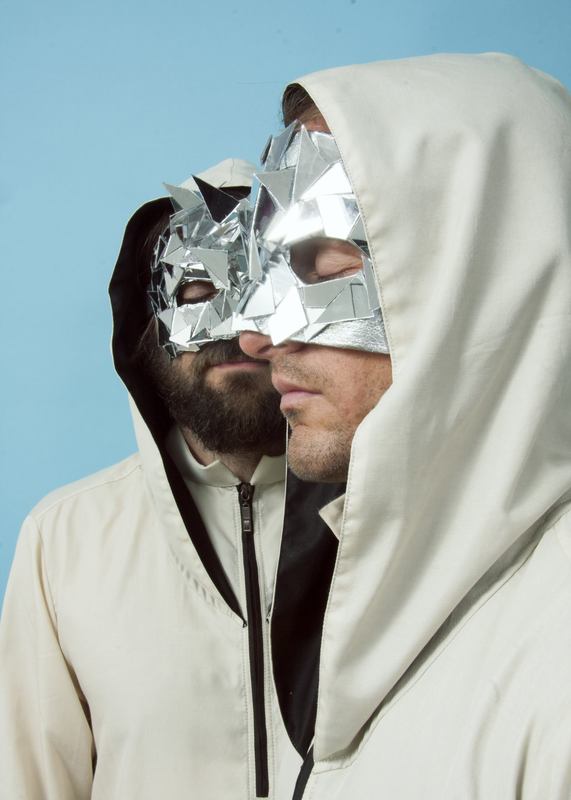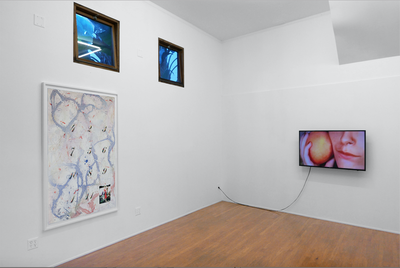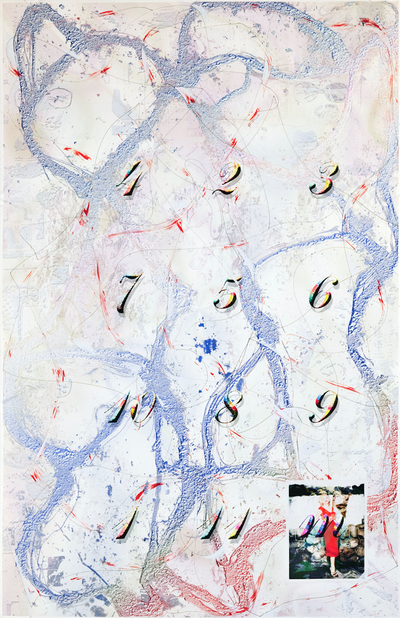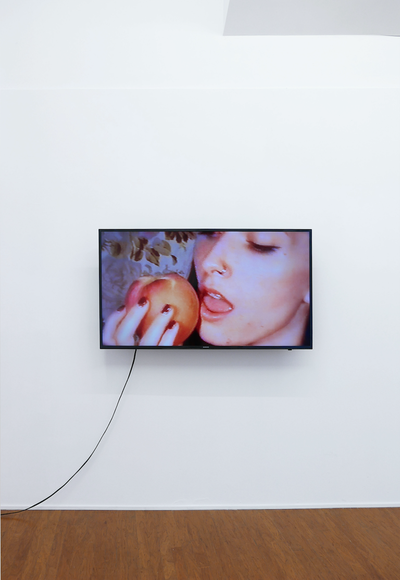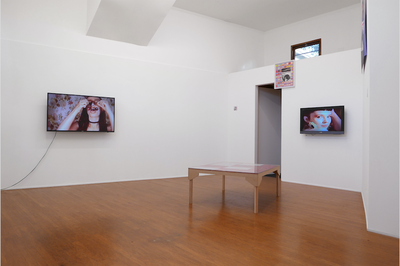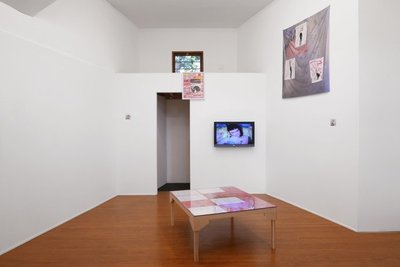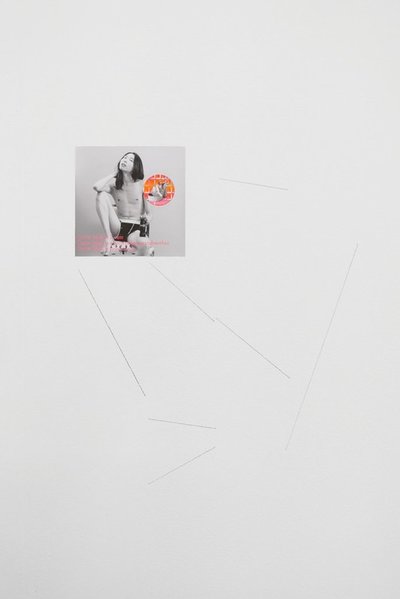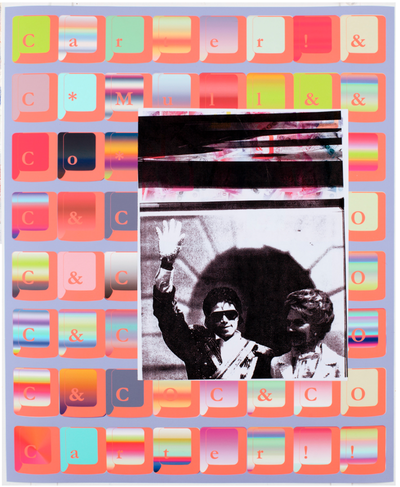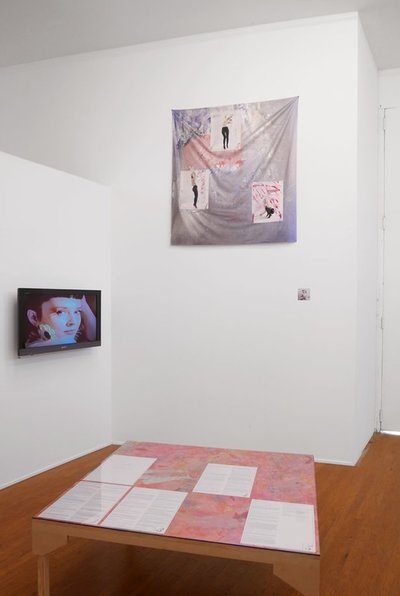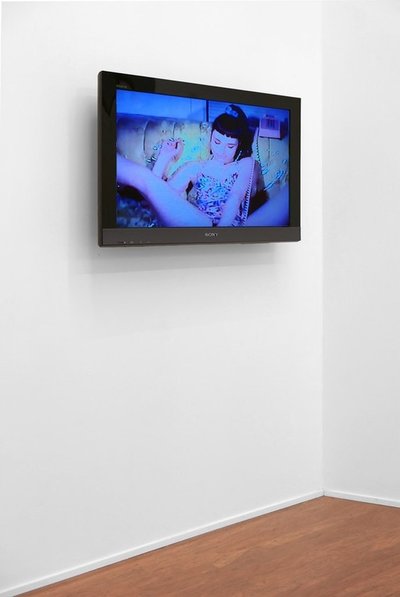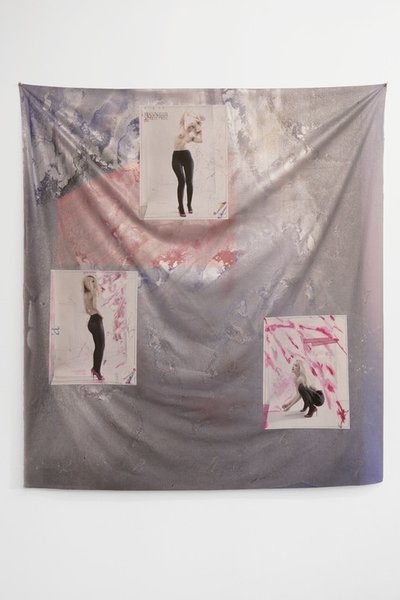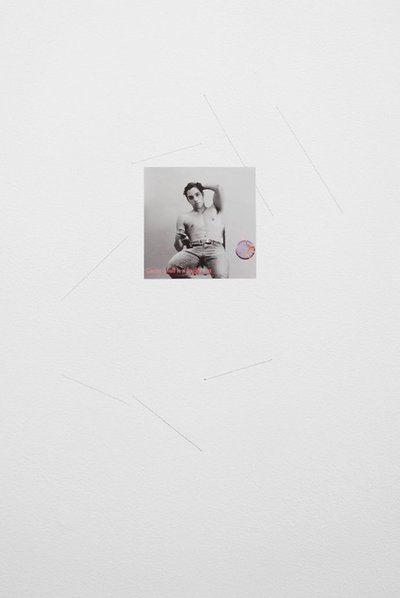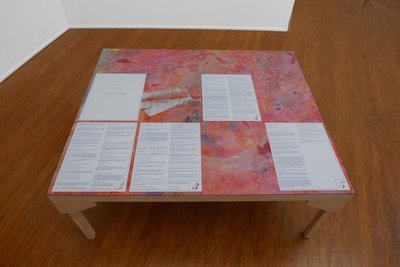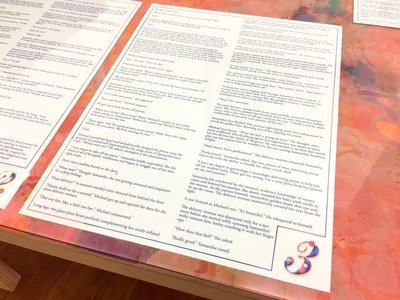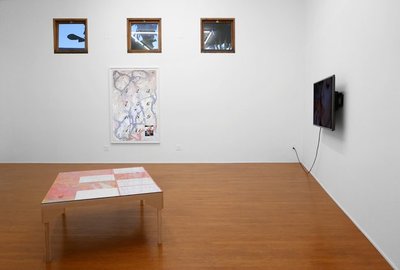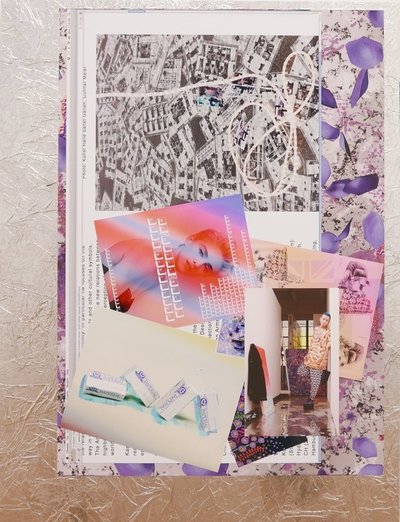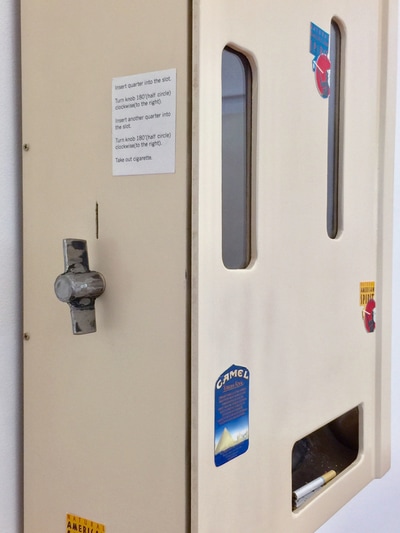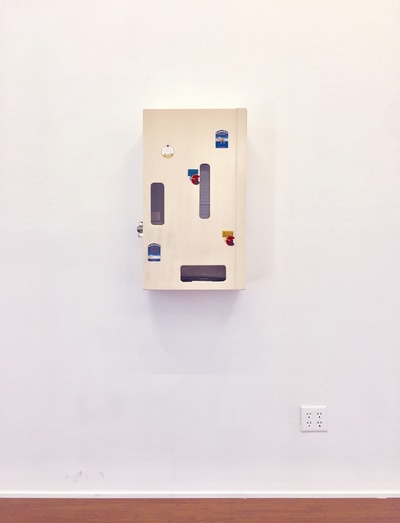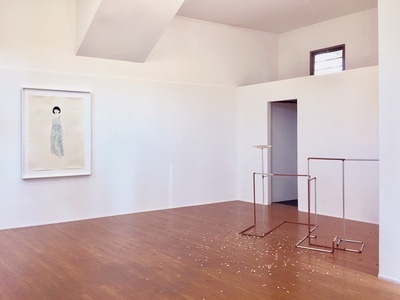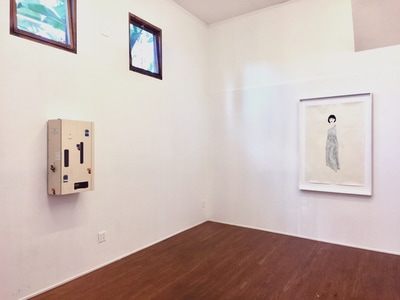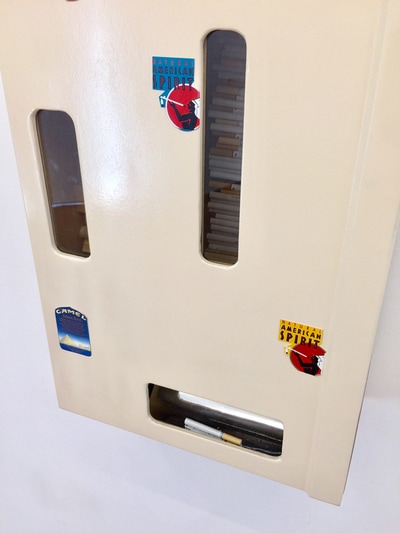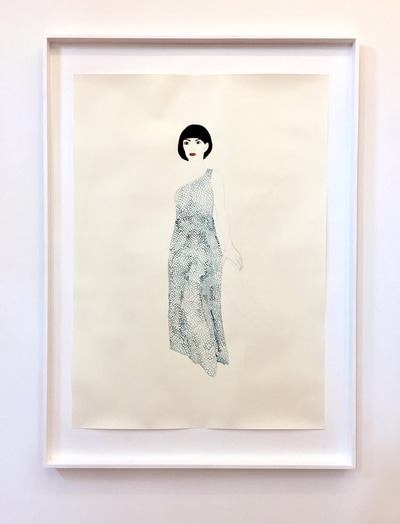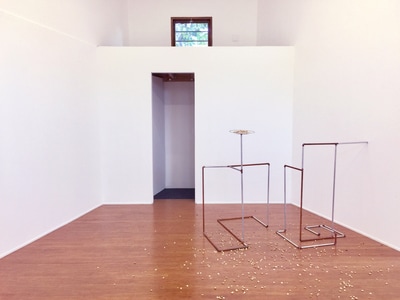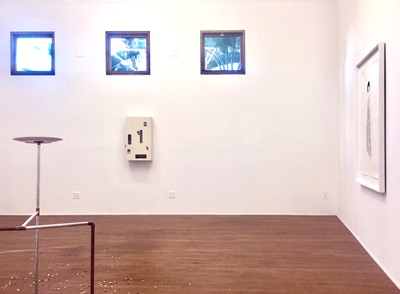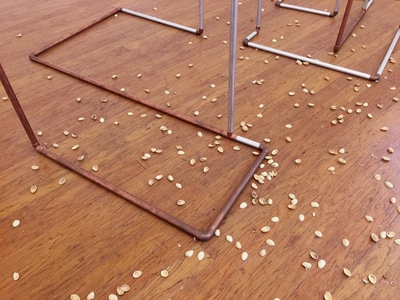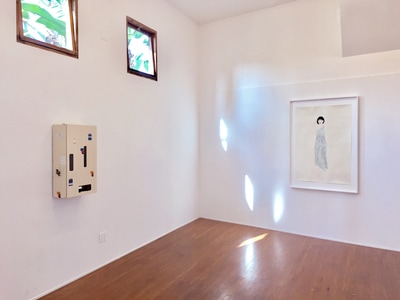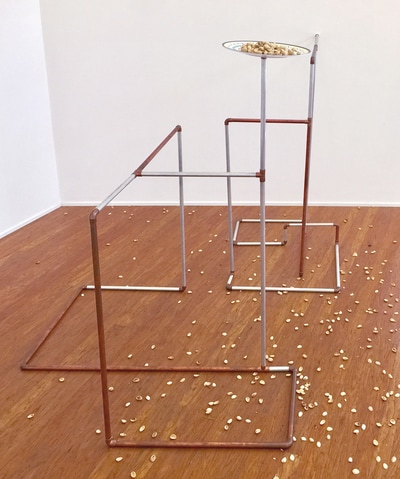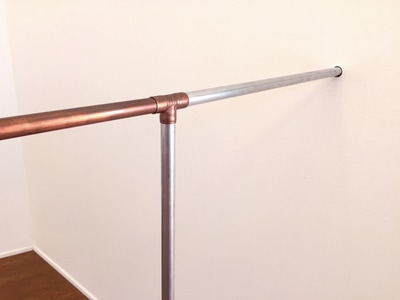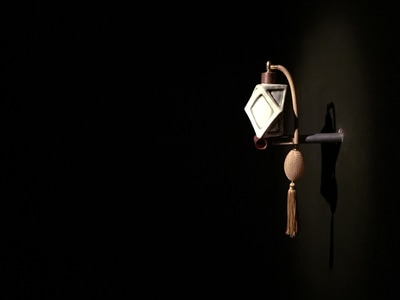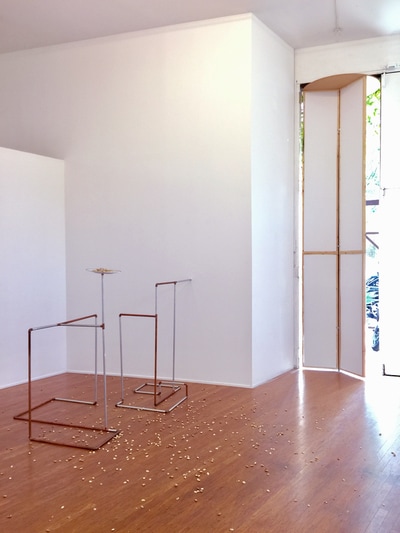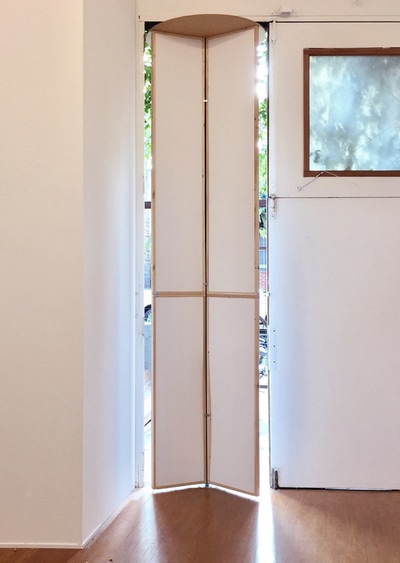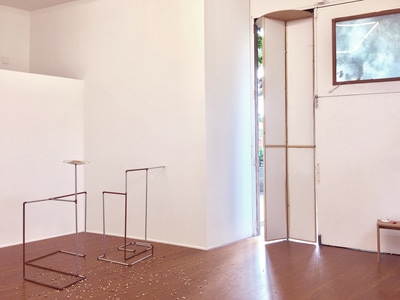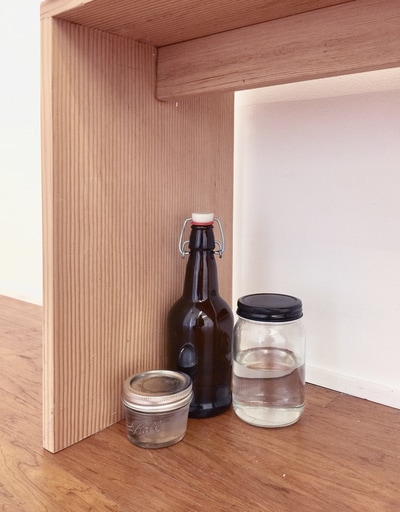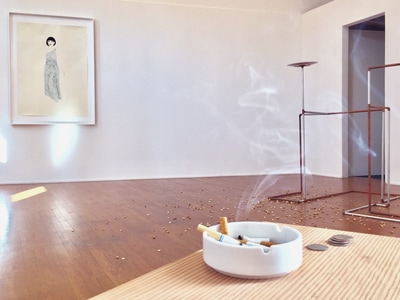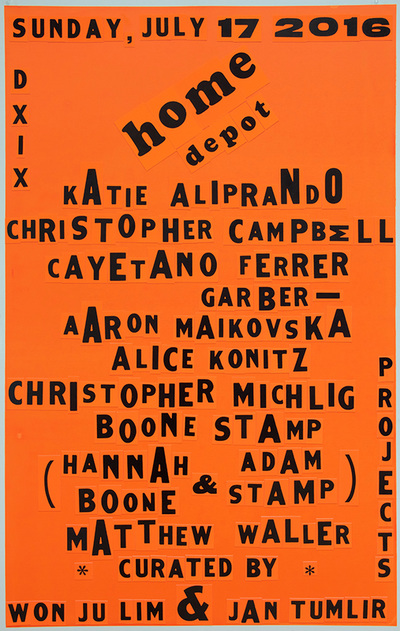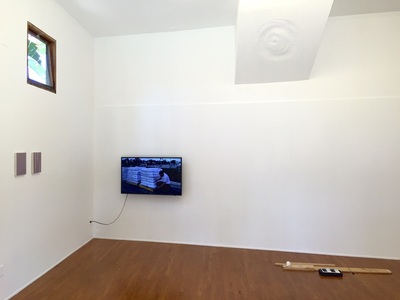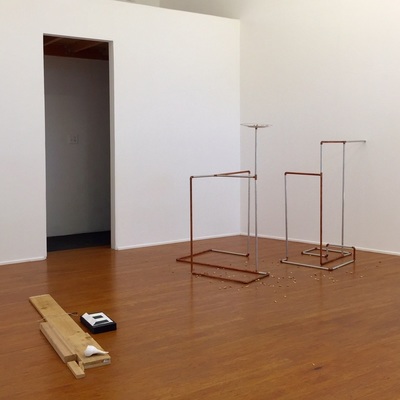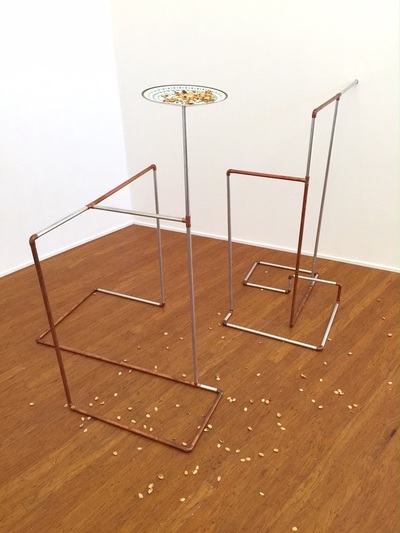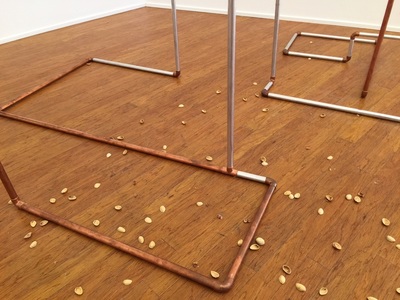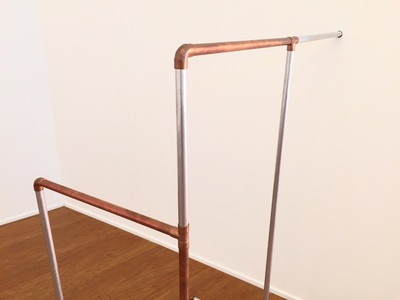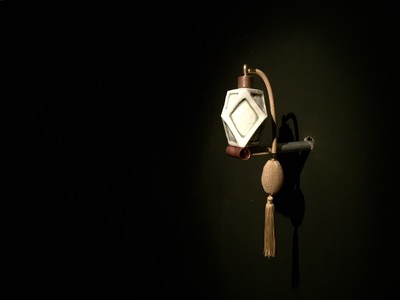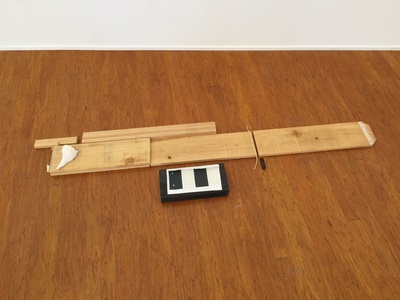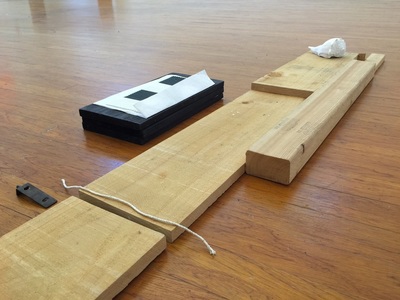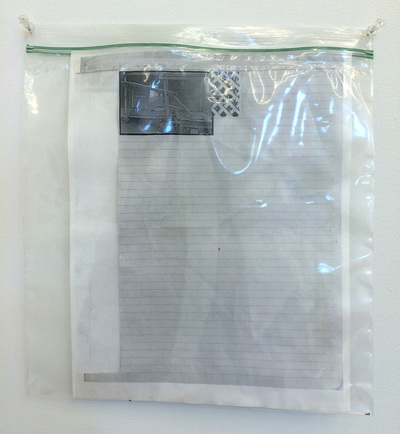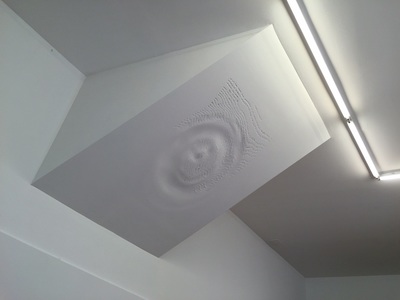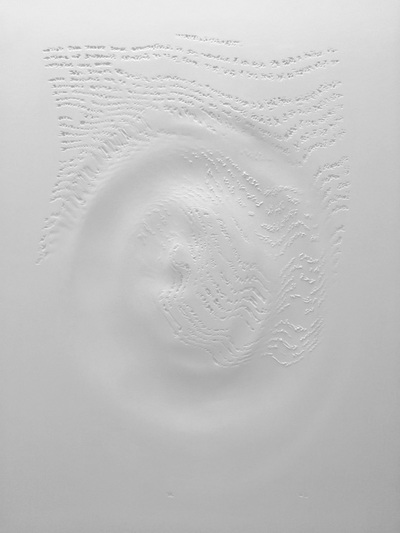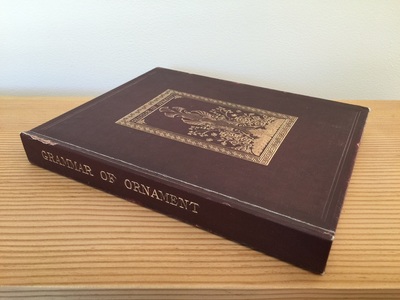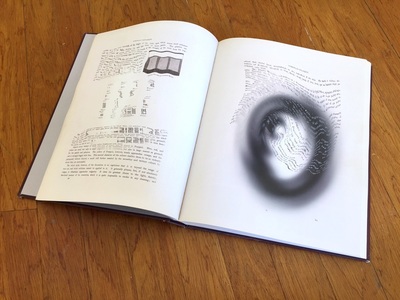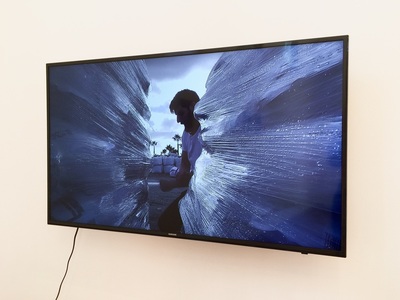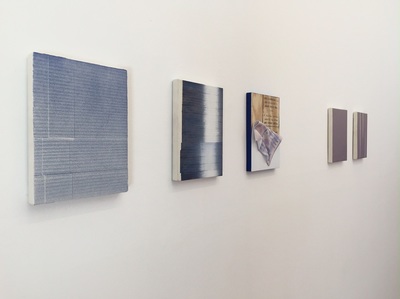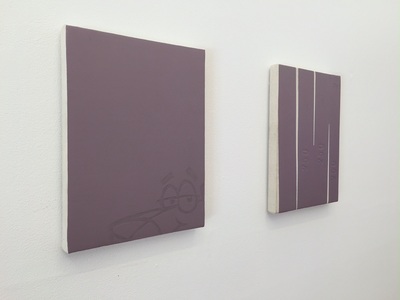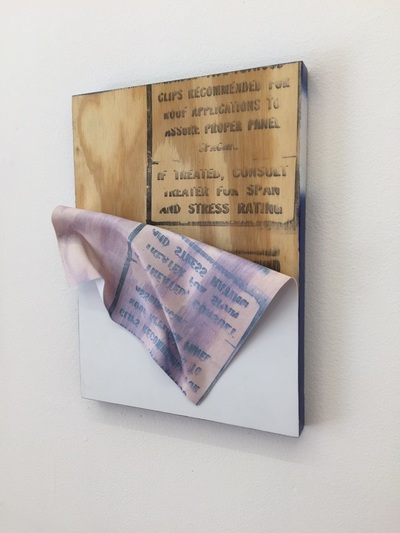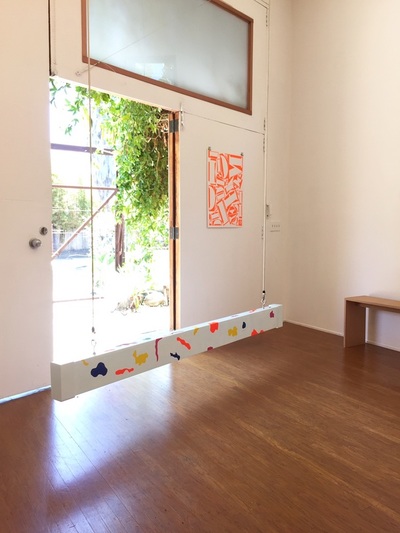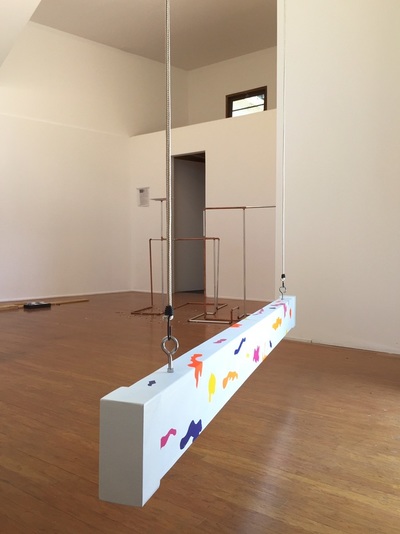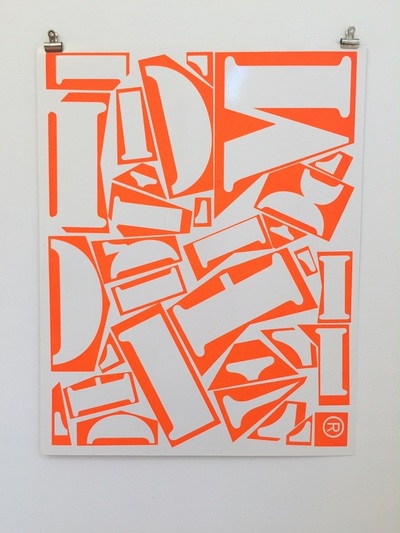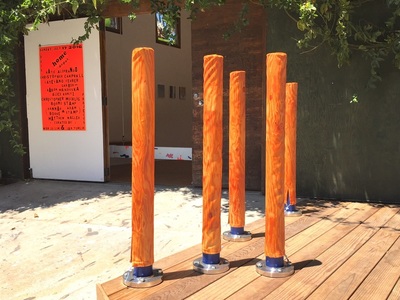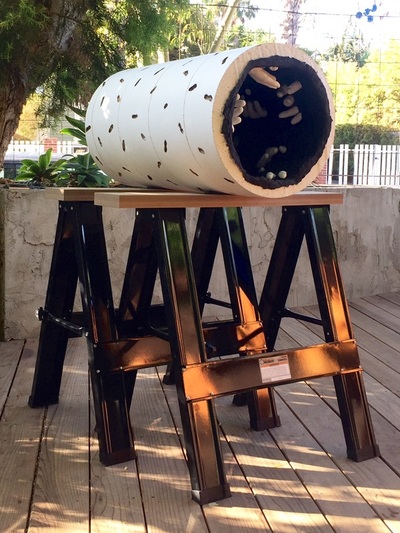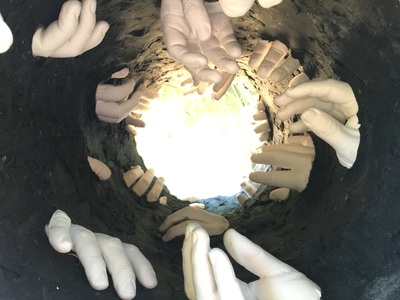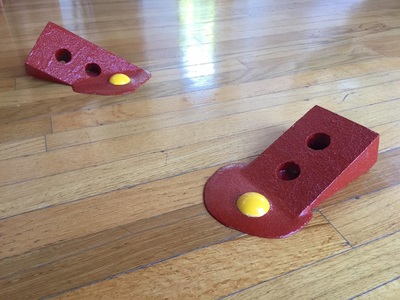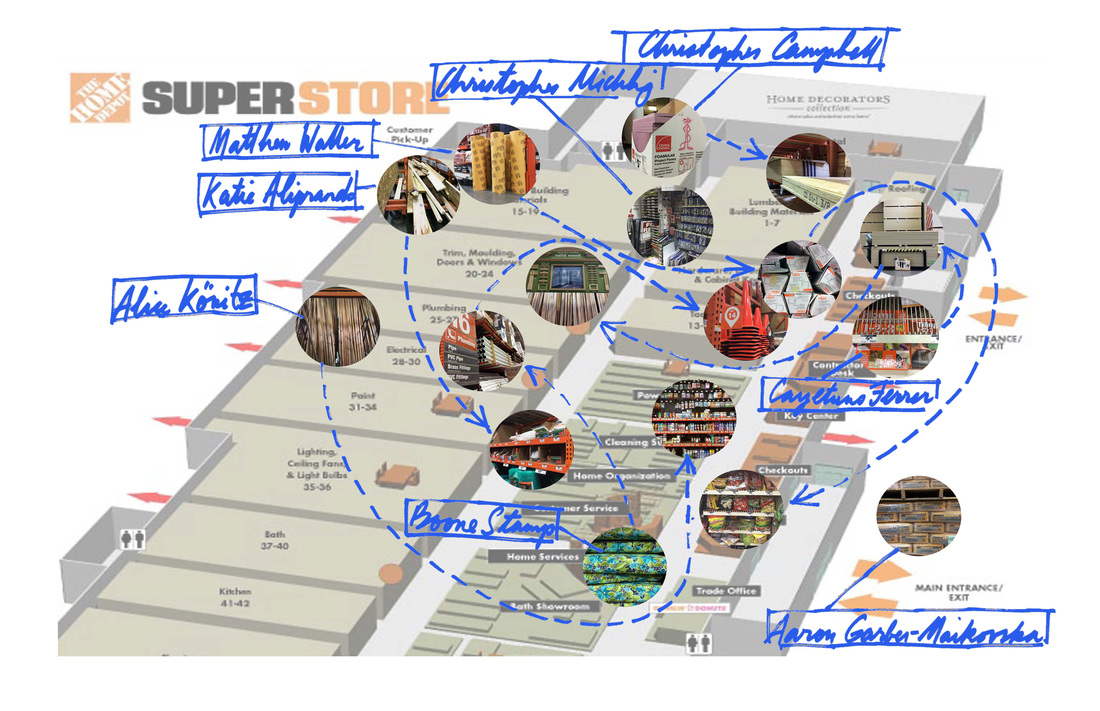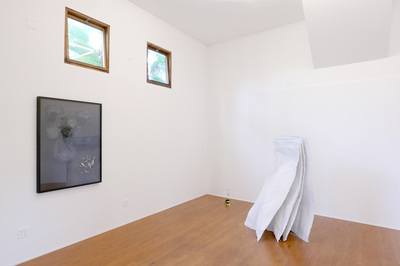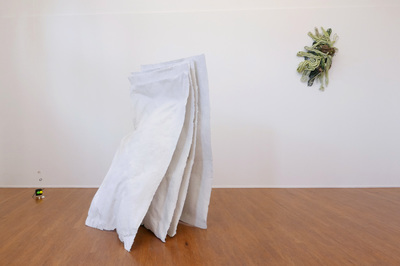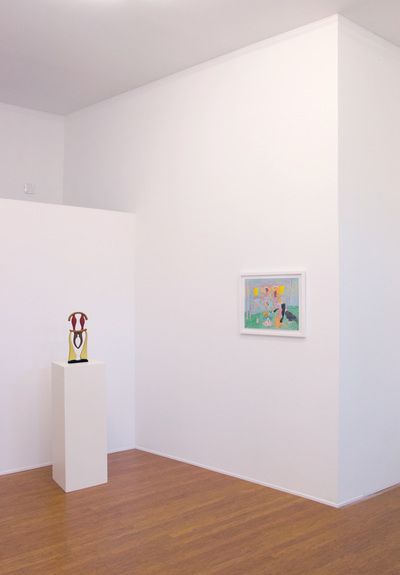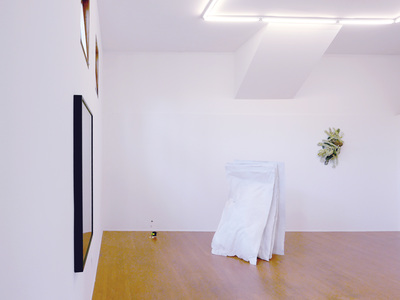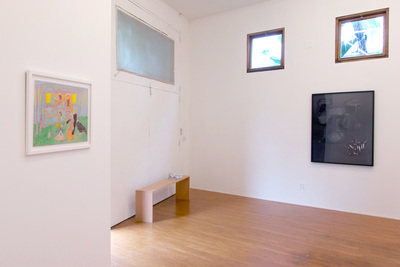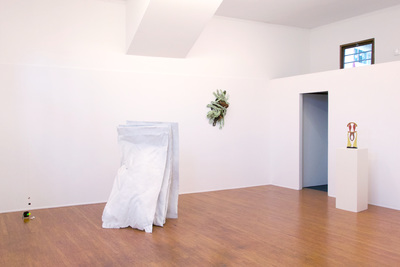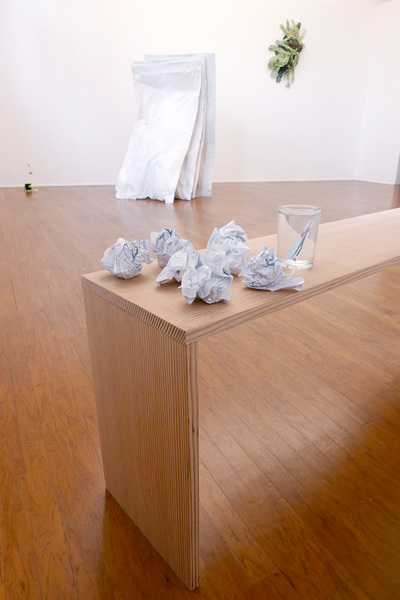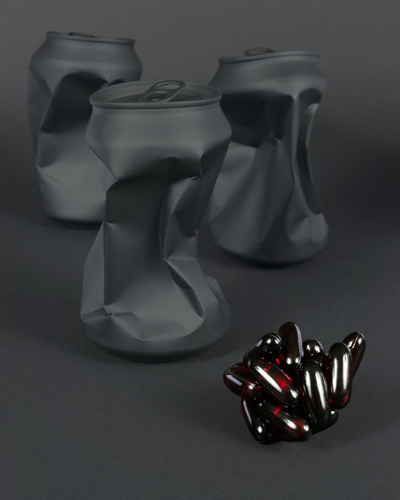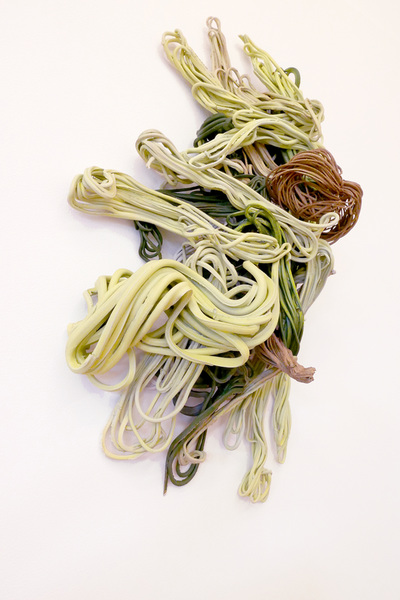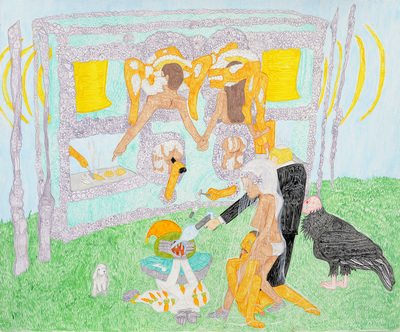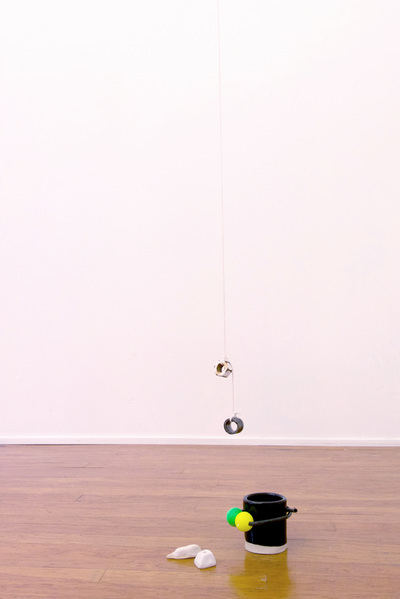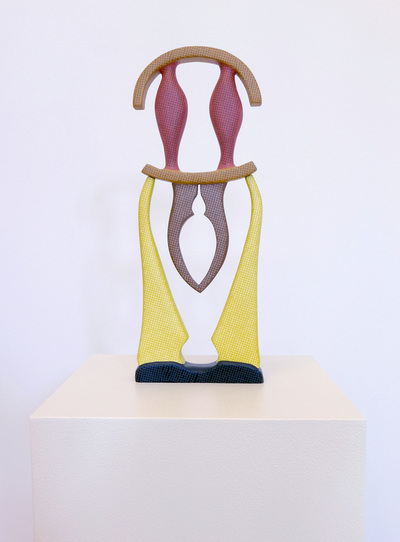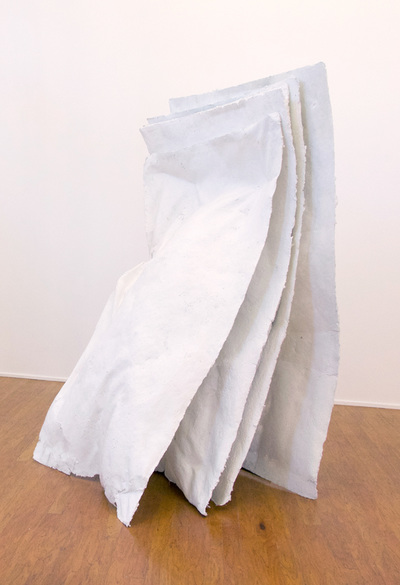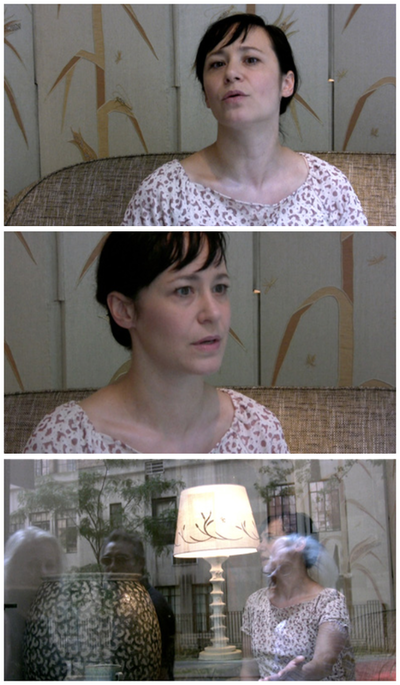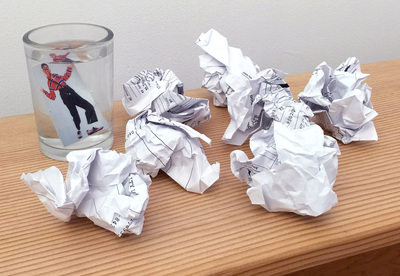|
Exhibition:
March 30 - May 7, 2019 CO-Lab IV TORRANCE ART MUSEUM DXIX & De Aanschouw Torrance Art Museum is pleased to present CO/LAB 4, an international, collaborative project which presents eight artist-run galleries and collectives from Los Angeles partnering with eight artist-run spaces from Rotterdam. Sixteen organizations combine their ingenuity to design eight unique curatorial projects.
TAM's Co/Lab series expands the creative horizons, linking regional art groups and alternative spaces from Los Angeles with their peers from around the world. TAM encourages this spirit of dialogue and the international exchange of ideas from different cultures - this time the Netherlands. These collaborations can reflect significant trends, indicating potential future directions and introducing the public to the next generation of artists. The ambition is to see this project reach out to all 4 corners of the globe and to establish Torrance, via TAM, as the location that brings us the global best of new art. Featuring: Acceptable Risk LA, Amber Solo, Assembled by Root, De Aanschouw, DE PLAYER, Durden and Ray, DXIX, Foundation B.a.d, HET PLAFOND, LAVA Projects, MADLAB studio, mandujano/cell, Monte Vista Projects, ODD ARK • LA, RAAR, and Tiger Strikes Asteroid. Art Fair:
March 16 - March 17, 2019 OPAF Art Fair 2019 FORTUNE COOKIES Kelly Akashi, Karen Azoulay, James Dean, Duchamp x Mabry, Cayetano Ferrer, Erik Frydenborg, Michael Ned Holte, Aitor Lajarin, Emily Mast, Emily Marchand, Adam Miller, Amanda Ross-ho, Kim Schoen, Stephanie Taylor As we all know, fortune cookies are often served as a dessert in Chinese restaurants in the United States and other Western countries, but they are actually not a tradition in China. According to Wikipedia, the exact origin of fortune cookies is unclear, though various immigrant groups in California claim to have popularized them in the early 20th century. They most likely originated
from cookies made by Japanese immigrants to the United States in the late 19th or early 20th century. This dispute continued to linger into the 1980’s when David Jung, founder of the Hong Kong Noodle Company in Los Angeles, made a competing claim that he invented the cookie in 1918 and took his claim to the San Francisco's Court of Historical Review attempting to settle the dispute in 1983. During the proceedings, a fortune cookie was introduced as a key piece of evidence with a message reading, "S.F. Judge who rules for L.A. Not Very Smart Cookie". A federal judge of the Court of Historical Review determined that the cookie originated with Hagiwara and the court ruled in favor of San Francisco. Subsequently, the city of Los Angeles condemned the decision. Finding an alignment with the distorted claims of its origin, DXIX would like to expand upon the fortune cookie’s misunderstanding and stake a claim on the cookie for Other Places Art Fair, on the weekend of March 16-17, 2019. We’ve invited 13 artists, to create a fortune, aphorism, prophecy, or any other saying or statement that has been collectively be turned into a limited edition series of fortune cookies available, free for the taking/eating/reading, as a DXIX project for the duration of OPAF. Exhibition:
November 18 - December 22, 2018 SPACE 2 Christopher Richmond DXIX is pleased to present Space 2, an exhibition featuring new video work by Los Angeles based artist Christopher Richmond. Space 2concludes an expansive body of work that Richmond calls the Hyperway made up of photography, video, sculpture, and drawing. DXIX presented Richmond’s exhibition Moon-Watcherin 2017, which featured Richmond’s video Bone Cut(2017) from the Hypeway. Space 2is part of a 2-part exhibition with Space,taking place simultaneously at Moskowitz Bayse Gallery from November 10 to December 22.
The centerpiece of Space 2at DXIX is Viewing Stone (2018). Accompanied by an original score by Aileen Bryant, Viewing Stoneglimpses a pastoral vision of a desolate asteroid serenely wandering through the vacuum of space. In a series of long slow-motion shots, the camera hones in on the contours of the asteroid’s perforated and wrinkled exterior. As shadows shift and transform its surface, a feeling of tranquility intermingles with foreboding danger. Throughout cinema, asteroids have been confined to apocalyptic symbols of impending doom. Here, the viewer is presented with a far different vision: the juxtaposition of reality and simulation, creation and annihilation, the beginning and the end. Like Suiseki, the Japanese art of stone appreciation, the asteroid is presented as a mystical creation like many of the characters in Richmond’s work, as it slowly travels through space. Richmond challenges viewers to envision alternative realities and to devise their own images and theories of the unknown. In his photographs, drawings, and sculpture, Richmond points to the various narrative strands of his video work. Black holes with gastrointestinal tracts swallow suns, wormholes create highways across space and time, and universes crash into one another like drunken eclipses. Like Richmond’s video work, his photographs, drawings, and sculpture obscure as much as they reveal. Christopher Richmond's film, video, and photography explores identity and intimacy through the lens of science fiction and myth. Often employing masks, puppets, and animatronics, his work merges the real world with handcrafted phantasmagoria populated by sentient creatures and alien beings that explores the human condition and the search for meaning. He earned his MFA from the Roski School of Art and Design at USC. His video and photographic works have been widely exhibited in galleries around the world. His work can be found in notable collections including the Los Angeles County Museum of Art. He lives and works in Los Angeles. Exhibition:
October 7 - July 10 THE SATIATION RATIO Kim Schoen & Stephanie Taylor DXIX is pleased to present The Satiation Ratio, a two-artist exhibition featuring two video pieces and a collaborative print project by Los Angeles-based artists Kim Schoen and Stephanie Taylor. Each of the artist’s video pieces were conceived independently, yet the timelines and soundtracks have been adapted for this particular occasion to synchronize and create a subtle dialogue between them. Along with the videos, a series of poster prints repurpose, in graphic form extracts of language from the two video pieces in the room.
The Satiation Ratio is developed around the artists’ shared interest in exploring the plastic possibilities of language, its significations and connotations. Throughout the three main elements presented in this exhibition, we are invited to travel on hilarious meanderings, dark corners, blind spots, bright clearings and exuberant gardens that become accessible when language is shaken, activated and rescued from its most pragmatic everyday fixed form and constrained uses. Part of a long-standing experiment with language, Consider this Scrimmage, by Kim Schoen takes on a new cadence of speech: the argument. The seriousness of conveying information, the male voice, the attempt to convince that builds and gets destroyed on the platform of persuasion, silence, stuttering, jargon, lingo, throws, hand-offs, the confusion of categories, couches, posturing, the awkwardness of silence, the darkness of silence. In addition to the speech being improvised, the music in the piece is also improvised by members of the experimental music group Solistenensemble Kaleidoskop in Berlin. Moving through ‘speed’ etudés on cello and spontaneous fugues on piano, the musicians mirror how the speakers operate in the piece, sometimes carried away by the speed of words, sometimes arguing with oneself. Miraculous Fermentations, by Stephanie Taylor, is a video exploring the connection between vocal dialect and melody. Five native-Germans, each from a different region, living in Los Angeles, perform a text pairing lines from Thomas Mann’s novella,The Transposed Heads, and food critic Jonathan Gold’s book, Counter-Intelligence. Taylor uses the lines from Counter-Intelligence, describing food, to create rhyming phrases that match the Gold text syllable-by-syllable. Using a method of transforming text into music, based on syllable-sequence within a sentence, Taylor sets the text and rhyming-text to a melody made of five notes (one note per vowel-sound). Each German vocalist performs a single vowel, which is, in part, shaped by the dialect of the performer. The song moves from vocalist to vocalist, depending on the vowel-sound being sung. In contrast, the lines from Transposed Headsare performed as a spoken chorus. The title, Miraculous Fermentations, comes from a statement made by Jonathan Gold, about “inventiveness in the face of privation”, the things that can be created from almost nothing, as evidence of the human capacity to do more than just survive, amidst geographical displacement. The collaborative poster project draws its constitutive elements from the two videos in the exhibition. Each poster includes one line from each video work, creating a dialogue from a limited source of sentences, while uncovering inherent connections between the two projects. Taylor and Schoen pair these texts to create a new work that shares the exchange between the works, finding connections between previously unrelated sentences. This project is a compelling example of Schoen's and Taylor's habitual, strategic use of estrangement and playfulness in their practice. “Estrangement” is used as a philosophical inquiring mode in which “one pulls away from, problematizes and reconsiders the given, including the given sense of community, its presuppositions and even the given self ”¹. And “Play” is used as a ludic tendency towards infinite associative thinking and gestures that turn any phenomenon into an ever-changing, malleable materialexpanding its possibilities². Strategic estrangement and playfulness (like strategic humor) are antidotes against hypernormalisation, flatness, one-dimensionality and staticism. Teasing the artificiality of the paradigms we rely on to construct our reality, Schoen and Taylor offer us ingredients much needed for a “sane” coexistence. ¹ “Philosophy as Estrangement”, Sverre Raffnsøe. ² This statement is freely inspired by James P. Carse's “Finite and Infinite Games” Kim Schoen (b. 1969, Princeton) lives and works in Los Angeles and Berlin. She received an MFA from CalArts in 2005, and a Master of Philosophy from the photography department at The Royal College of Art in London in 2008. Her work in photography and video has shown at numerous institutions and galleries worldwide including Moskowitz Bayse, the Los Angeles Museum of Art (LAMOA), Young Projects, LAXART, Madison Museum of Contemporary Art, LM Projects, BAM, The South London Gallery, Whitechapel Gallery, MOT International, Museo de Arte Moderno y Contemporaneo, Archive Kabinett, Kunstverein Springhornhof, and Kleine Humboldt Galerie. Her work was recently included in LACMA’s collection, and has been written about in Art Forum, The Los Angeles Times, Mousse, and Art in America. Schoen has lectured lectured widely at Otis College of Art & Design, Goldsmiths, CCA, The Royal College of Art, and The School of Visual Arts and has published her own writing on repetition and photography—“The Serial Attitude Redux”, “The Expansion of the Instant: Photography, Anxiety and Infinity” in X-TRA Contemporary Art Quarterly, along with text works in Tolstoyevsky from Book Works, and E.R.O.S. Press, London. Kim is also the tco-founder of and co-editor of MATERIAL, a journal of writing by contemporary artists. Stephanie Taylor (b.1971, Port Jefferson) is a sound and visual artist based in Los Angeles. She received her MFA from Art Center College of Design in 2000. She has performed and exhibited her work internationally at locations including the MAK Center for Art and Architecture, West Hollywood, The Royal College of Art, London, and the Generali Foundation, Vienna. Her work has been reviewed in Artforum, Frieze, Flash Art, Texte zur Kunst, Modern Painter, and Xtra Art Quarterly. Her books include The Stephanie Taylor Kong Boos (MAK Center Press), and Chop Shop (Les Figues Press). She is the recipient of a mid-Carreer fellowship from the California Community Foundation and is a recipient for the 2018 COLA award. Her work is represented by Galerie Nagel Draxler, Berlin/ Köln, and is currently on view in Casa Tomada: Sitelines, at SITE, Santa Fe. Exhibition:
June 24 - July 28 STONE HEARTH Audrey Hope In Stone Hearth, Pasadena-based artist Audrey Hope draws on a remembered environment from her childhood, abstracting its imagery and transposing it into the gallery. Hope has created oozing black furry orbs that hang from hand-wound ropes, aluminum pools of seawater that cradle handfuls of children's treasure, a quilt full of rocks and vibrators, and yards and yards of wonky tie-dye. All of this adds up to a reconstruction of a campsite where she and her family lived for a summer during her childhood. The redwoods, canyon, and sky are represented with blunt and childlike abstraction as bits of brown, blue, and gold dye. From this remove, pain is rendered in tiny details and at the same time experienced as odd beauty. In the tradition of artists who reconstruct spaces from memory through their own aesthetic lens, Hope uses expressionistic brushstrokes and tender cuts to engender a feeling both of attraction and nausea toward her objects.
Artist bio: Audrey Hope works across sculpture and installation, using fabric, photographs, found objects, and metal to represent remembered landscapes and interiors. Hope holds her MFA from UC San Diego, where she was a 2017 Frontiers of Innovation Scholar. She received her BFA from the School of the Museum of Fine Arts, Boston in association with Tufts University, and was awarded a 2014 Traveling Fellowship by the School. In 2014 she attended the Skowhegan School of Painting and Sculpture. Recent exhibitions include MaRS Gallery (Los Angeles), Centro de las Artes de San Agustín (Oaxaca), the Museum of Contemporary Art San Diego, OSLO10 (Basel), kijidome (Boston), xpon-art (Hamburg), SOMA (Mexico City), Fringe Projects (Miami), the Manhattan Beach Art Center, Santa Ana College, Harbor Gallery (Brooklyn) and Projekt722 (Brooklyn). As an educator she has held positions at the New Museum, Educational Alliance Art School, and the Oxbow School in Napa. In the fall of 2017 she was an Artist-in-Residence at Ox-Bow. Exhibition:
May 20 - June 9 LA PÉRDIDA / PERDIDO Organized by NEW LOW: A curatorial/publishing/production project by Adam Stamp “This is my dream show…” - AS
Perdido, I look for my heart it's perdido I lost it way down in Torido While chancing a dance fiesta Bolero, he glanced as I danced the Bolero He said taking off his sombrero: 'Let's meet for a sweet fiesta' High was the sun when we first came close Low was the moon when we said 'adios' Perdido, since then has my heart been perdido I know I must go to Torido, that yearning to lose, perdido I look for my heart it's perdido I lost it way down in Torido He glanced as I danced the Bolero He smiled as he tipped his sombrero High was the moon when we first came close Low was the moon when we said 'adios' Since then has my heart been perdido I must go to Torido, that yearning to lose Perdido oowoowoowoo Perdido oowoowoowoo Perdido The day the fiesta started Perdido woowoowoowoo Perdido woowoowoowoo Perdido That's when my heart departed Boodeebimdeebimbombeebomdoodeebombeeyah It's perdido. Written by Juan Tizol, Hans Lengsfelder, Ervin Drake Performed and recorded by Sarah Vaughan, 1955 Exhibition:
February 25 - April 20 AUNT CLARA'S DILEMMA Won Ju Lim 1. Space is a word that makes something of the nothing that surrounds us. Continuous and everywhere identical, space, once it is designated as such, can be subdivided into spaces. A line drawn in the sand gives two sides to space; a wall erected on the line fortifies the division; and with the addition of adjoining, enclosing walls, an interior is excerpted from the exterior. But were this structure left without any opening, it would merely be a thing in space. The delimiting function of walls would amount to nothing without the addition of entrances and exits.
2. During his period of exile in Los Angeles, Theodor Adorno heard sounds of slamming all around him. “What does it mean for the subject that there are no more casement windows to open, but only sliding frames to shove, no gentle latches but turntable handles, no forecourt, no doorstep before the street, no wall around the garden?” The attrition of the threshold in the American home, while seeming to promise greater transparency to the street and a refreshed spirit of civic conviviality, does just the opposite. All attention is drawn toward the remaining barrier, which takes on a sinister and oppressive mien. Particularly vexing for him was this “turntable handle” – the industrialized retooling of the old lever handle – the doorknob. “Thus,” he writes, “the ability is lost to close a door quietly and discretely, yet firmly.” A whole dialectics of outside and inside dissolves around the turn of the wrist coaxed by this domestic accessory. 3. Witches, as they appear on the television sitcom Bewitched (1964-1972), are figures perfectly at home in continuous space. Doors present no obstacle to them. With an effortless snap of the fingers or a twitch of the nose they can pierce the rigid boundaries of private life, a wanton transgression of the spatial economy of mid-century suburbia. The show’s protagonist, Samantha, must suppress her magical powers to suit the wishes of her continually alarmed husband, Darren. This is a problem, although it pales next to that of her Aunt Clara, whose powers are on the wane. Unable to clear the hurdle of the door in her old age and encroaching senility, Aunt Clara becomes a fetishistic collector of doorknobs. 4. Aunt Clara’s Dilemma is an exhibition by Won Ju Lim about doorknobs, thresholds, and the moment when the old dialectic of outsides and insides becomes a mise-en-abyme. There have always been doors, and doors, in order to be opened and closed, have always been equipped with handles. Once they were carved by hand to fit back into the hand. Then machines inherited the task as a standardized ergonomic ratio. Now, the machines, having progressed to customized algorithms, deliver a handle that could directly respond to your hand. As the old model Apple computers once asked, “Where do you want to go today?” __________________________________________________________ A model version of Aunt Clara’s Dilemma was be presented in Alice Konitz’s LAMOA, DS#3 located at Commonwealth and Council. Artist’s website: https://www.wonjulim.com/ LAMoA’s website: http://losangelesmuseumofart.blogspot.com Art Fair:
Other Places Art Fair, San Pedro, CA February 3rd, 2018 STICKERBOMB Fake Estates + Tanya Brodsky Jamie Dean Erik Frydenborg Javier Fresneda Aaron Garber-Maikovska Alice Könitz Aitor Lajarin Christopher Michlig + Jan Tumlir Carter Mull Ruben Ortiz-Torres Christopher Richmond Kim Schoen Joe Sola Exhibition:
November 19th, 2017 - February 3rd, 2018 REOLOGÍA Javier Fresneda In the upstairs space, DXIX is very pleased to present Reología, featuring new works of Javier Fresneda in his first solo show in Los Angeles area.
Conceived as a work-specific intervention, Reología displays Mayan artifacts taken from archaeological sites in Mexico after enduring a long-term process of removal, subtraction and distribution as encapsulated powdered dust. The intervention operates within a domestic space, where patrimonial artifacts are sustained by dedicated furniture that draws upon the imaginary of the scientific cabinet and the drug kitchen. By presenting also modified documentation images, Fresneda reuses the project’s evidence as decorative patterns or portraiture of stones. Javier Fresneda is an artist and researcher based on the West Coast and the Yucatán Peninsula. His work examines models of materiality, space and heritage in the digital culture. Some of his recent projects have been presented in places and events such as Hidrante (Puerto Rico), Salon Acme (Mexico) or The Wrong - New Digital Art Biennale (Brazil). He is co-founder of publishing platforms Cocom and Scrolldiving, and a teacher at ESAY (Yucatán, Mexico). He is currently pursuing a PhD in Art History, Theory, Criticism and Art Practice at UC San Diego. Exhibition:
November 19th, 2017 - February 3rd, 2018 6 FLAG BBQ Rubén Ortiz-Torres “The urge to destroy is a creative urge”
-Mikhail Bakunin In conjunction with the Pacific Standard Time: LA/LA Participating Gallery Program, DXIX will present 6 Flag BBQ, a solo exhibition by Rubén Ortiz Torres. Six flags of different countries were burned in a grill. The ashes were used as pigment to make a new painting/flag? A new black monochrome abstraction was born from the ashes of the different colorful designs that represent different nation states. This iconoclasm integrates and opposes these obsolete forms of exclusion by a majority. Rubén Ortiz-Torres was born in Mexico City in 1964. Educated within the utopian models of republican Spanish anarchism soon confronted the tragedies and cultural clashes of post colonial third world. Being the son of a couple of Latin American folklore musicians he soon identified more with the noises of urban punk music. After giving up the dream of playing baseball in the major leagues, and some architecture training (Harvard Graduate School of Design) he decided to study art. He went first to the oldest and one of the most academic art schools of the Americas (the Academy of San Carlos in Mexico City) and later to one of the newest and more experimental (CalArts in Valencia CA). After enduring Mexico City's earthquake and pollution he moved to Los Angeles with a Fullbright grant to survive riots, fires, floods, more earthquakes, and proposition 187. During all this he has been able to produce artwork in the form of paintings, photographs, objects, installations, videos, films, customized machines and even an opera. He is part of the permanent Faculty of the University of California in San Diego. He has participated in several international exhibitions and film festivals. His work is in the collections of The Museum of Modern Art in New York, The Metropolitan Museum of Art in New York, The Museum of Contemporary Art in Los Angeles, the Los Angeles County Museum of Art, Artpace in San Antonio, the California Museum of Photography in Riverside CA, the Centro Cultural de Arte Contemporaneo in Mexico City and the Museo Nacional Centro de Arte Reina Sofía in Madrid Spain among others. After showing his work and teaching art around the world, he now realizes that his dad's music was in fact better than most rock’n roll. Exhibition:
October 1 – November 11, 2017 LEANING TOWER OF PISA Anthony Lepore Beatriz Olabarrieta Belén Daniel Mendel-Black Emily Marchand Kim Garcia Ted Chung Won Ju Lim They could have let it fall but at some point they decided to stop it. The angle could hardly be corrected, so there it is; the crooked tower, in a sort of everlasting suspension, partially leaning, partially falling, caught for the posterity in between the forces that articulate its prominent identity. A tragicomical phenomenon of structural tensions generated by the unusual combination of the weight of a heavy mass of Romanesque architecture and the inadequacy of the soft land of Pisa. A formal monument to the incongruity of a baroque emotive. A hyper-iconic self-ironic embodiment of structural inner struggle.
As a human narrative, the Leaning Tower of Pisa can be analogous to the “struggle with self” as a recurrent archetypal motif. We identify this archetype at play when the characters in a narrative must contend with personal internal feelings that often contradict each other or conflict with what seems most logically appropriate. It is a paradigm humans have presumably generated through our collective adaptive need to make sense of our existence and the world around us in situations when we experience unresolvable internal struggles and inconsistencies. As a model for the contradiction and existential paradox that inhabits our iconography, text, and speech-based narratives, this archetype of the internal struggle can arguably be found as a formal phenomenon; the articulation of physical and structural parameters. Inspired by the ideas above and instigated by field observations of our closest contemporary art world surroundings, this exhibition gathers a group of works that display structural inner tensions that could potentially be understood as embodiments of this “struggle with self”. Pieces that are articulated around some sort of formal unresolvable and ongoing conflict or tension. A struggle that gives core identity to the work becoming a sub-theme that operates on a deeply shared psychological level and may be to a certain degree foreign, although complementary, to the conscious circumstances of the production of each piece and/or the intentions of the artists. These works display a sort of a repertoire of “conflicted formalisms”. They openly challenge the idea of formal uniformity, continuity and certainty, displaying all at once affirmative, negative and contradictory dimensions. A query that may be worth considering when encountering these pieces is questioning how the repertoire of individual gestures, actions, and responses resonates within the convoluted times we live in – times when the subjects and the world seem to be in a structural crisis – trying to “maintaining composure” in an ongoing struggle for coherency and continuity while navigating through slippery trues, structural challenges, emotional tensions, and rational inconsistencies. _________________________________________________________ ARTISTS BIOS: Anthony Lepore is an artist working in photography and sculpture. The photo in this exhibit is part of a larger body of work that explores the intersection of labor and fantasy in the context of the functioning bikini factory were these photographs are made. He has exhibited nationally and internationally, including shows at M+B Gallery, the J. Paul Getty Museum, Team Gallery, the Kemper Museum and Shanghai Museum of Contemporary Art. He lives and works in Los Angeles. Beatriz Olabarrieta. Recent solo shows include: Clever to follow goat, Antoine Levi, Paris (2017); Book! Dont tell me what to do, Parallel Oaxaca, Mexico City (2017); Dumb Bells, Saturdays Live, Serpentine Galleries (2016); Cosmic Clap, MOT International, London (2015); Plot Bunny, Northern Gallery for Contemporary Art, Sunderland (2015).Recent group shows include Assorted Paper, The Sunday Painter, London (2017); Brace Brace, 29 Percy St., London (2017); All Over, Studio Leigh, London (2016) and The boys the girls and the political, Lisson Gallery, London (2015).In 2016, Olabarrieta completed the Platform residency at Site Gallery in Sheffield and has recently been awarded the Joanna Drew Travel Bursary towards a research trip to Japan Daniel Mendel-Black has exhibited widely in the U.S. and abroad. Recent shows include: André Butzer, Daniel Mendel-Black at Galerie Bernd Kugler in Innsbruck, Austria; Thomas Arnolds, André Butzer, Daniel Mendel-Black at Galerie Hammelehle und Ahrens, Cologne, Germany; and Daniel Mendel-Black: Pretty Lips Are Red at China Art Objects Galleries in Los Angeles. Mendel-Black’s work is represented in a number of public collections. In Los Angeles his paintings are included in the collections of the Museum of Contemporary Art and the UCLA Hammer Museum. Belén obtained her Master's degree from the Academy of Fine Arts Vienna and UCM Madrid. She has taken part in a number of artists-in-residence programmes, including Artista x Artista, Havana in 2016, Hooper Projects in Los Angeles, 2015, Academia de España in Rome 2012 and BMUKK Tokyo in 2009. Her solo exhibitions include ‘After Sputnik’, Josh Lilley Gallery, London 2013; ‘Circa’, Das weisse Haus, Vienna 2011; and ‘XXXXX’, Parra & Romero Gallery, Madrid 2010. She received the Staatstipendium from BMB Austria in 2015, the Generation 2011 Prize and a Honourable Mention Generation 2009 Prize in 2009 both from Caja Madrid. Emily Marchand works with food, textiles, and sculptural materials to create art works centered around survivalism, preservation, and the decentralization of humans in relation to ecology and nature. Between research and production, she grapples with making sculpture that encompasses the conceptual ideas she is investigating while maintaining integrity to the materials used, especially their history, location, usefulness, and abilities. Her main interests are materials from the earth that have transformative abilities (i.e. clay into ceramic, salt crystallization, tree sap into amber, seeds, beeswax and fibers.) Kim Garcia is an artist who works in sculpture, video, and installation. Her work utilizes liminality as a productive site for investigating interdependent relationships between objects, people, and spaces. She has most recently exhibited at the Museum of Contemporary Art San Diego (2017), San Diego Art Institute (2017), Torrance Art Museum (2017), FAR Bazaar (2017), and GAIT.LA (2016). Garcia is an artist living in Los Angeles, CA and is currently an MFA Candidate at UCI. Ted Chung is an artist who loves making sculpture. His work thrives in the tension between the brute quality of material and the fragile definition of body. He graduated from UCLA with a BA in Fine Art and received an MFA in Visual Art from UCSD. He has shown at Paredon Blanco, Pieter, and Upstairs from the Market Gallery. He lives and works in Los Angeles. Won Ju Lim’s practice examines the complex interactions of real and imaginary space as they produce fantasy, memory, and longing. Lim’s work has been exhibited widely in United States and internationally. Her most recent solo exhibitions include; San Jose Museum of Art, San Jose (forthcoming); Yerba Buena Art Center, San Francisco; St. Louis Art Museum, St. Louis. Exhibition:
April 23 – June 17, 2017 MOON-WATCHER Christopher Richmond DXIX Projects is pleased to present Moon-Watcher, a solo exhibition by Los Angeles based artist Christopher Richmond. Taking its title from the main ape in Arthur C. Clarke’s novel, 2001: A Space Odyssey, written concurrently while collaborating with Stanley Kubrick for his film, the exhibition continues Richmond’s exploration into the uninterrupted interplay of images and time and sound — removing all nonessential elements except for a singular gesture in the now.
In the main exhibition space the viewer can see the video Bone Cut (2017) in which Richmond focuses on the memorable introduction of the future in Kubrick’s 2001. In this historic scene, Kubrick juxtaposes two seemingly unrelated objects in the air, the earth-bound bone and the celestial spaceship orbiting earth, squeezing human history into one cut. In Richmond’s Bone Cut (2017), the viewer is mesmerized by the bone endlessly spiraling in the air. Yet, there is no progression from this primitive tool to the more advanced one — the spaceship, the future. The viewer is left in a state of suspension. The work seeks to remind the viewer of some of cinema’s most salient technological imperatives: to break the causal rule of before and after as well as to overcome the Newtonian law of gravity. The bone appears to float and rotate endlessly in the never-ending moment. To obtain this effect, Richmond utilized match cuts as in 2001 — an edit that matches movement or objects to create a sense of “seamless” transition from one shot to the next. Ignoring the current trend of digital processing — the ability to render 3D forms and rotate them seamlessly with 3D software — Richmond utilized a far more laborious technique. He edited multiple shots with match cuts to create this continual motion that in rapid succession both hides and reveals itself. Elsewhere, photographs are placed in a small dark corridor. These photographic works explore notions of subject and the ordinary imbued with enigmatic powers and projected into the vacuum of space. Working in film, video, and photography Richmond explores identity and intimacy through the lens of science fiction and myth. Often employing masks, puppets, and everyday objects, his work merges the real world with handcrafted phantasmagoria populated by sentient creatures, alien beings, and “big dumb objects” that explore the human condition and the search for meaning. _________________________________________________________ Christopher Richmond (b. 1986 Solana Beach, CA) earned his MFA from the Roski School of Fine Arts at USC. Recent solo exhibitions include Available Light (for three) at the Los Angeles County Museum of Art (2016-17); Double Fantasy, Moskowitz Bayse, Los Angeles (2016); and Double in brass, Lundgren Gallery, Spain (2015). Recent group exhibitions and screenings include Screening Series, Lundgren Gallery, Spain (2016); AmazonNight, 3 Days Awake, Los Angeles (2015), Burned By The Sun, Lundgren Gallery, Spain (2014); With Anonymous & Others, Nomadenetappe, Austria (2014); and Dwelling in Erasure, Charlie James Gallery, Los Angeles (2013). He received the Rema Hort Mann Foundation Emerging Artist grant in 2014. Live Performance:
May 20, 2017 Bone Cut with Fake Estates Christopher Richmond's BONE CUT
With Live Score by FAKE ESTATES In conjunction with Christopher Richmond’s Moon-Watcher, now on view at DXIX Projects through June 3rd, we are excited to present Bone Cut with Live Score by Fake Estates on May 20th at 3:00pm. From 2016 to 2017, Christopher Richmond culled through a well of original footage to thread together a hypnotic succession of match cuts to create Bone Cut (2017), a poetic reflection on Kubrick’s 2001 and cinema’s relationship with time. After completing his edit, Richmond turned to longtime collaborator, Matt Gangi, to help design the soundscape. One part field recording, one part electronic soundscape, the final composition transports the viewer across a space-time abyss fueled by synthesizer, birds, dissonant crescendos, and wind. On May 20th, Los Angeles based sound group, Fake Estates (Matt Gangi/Eric Chramosta), will perform a unique and reimagined extended live score to Bone Cut (2017) inspired by Richmond and Gangi’s original score. Armed with parade of synthesizers, cable patches, tape loopers and pedals, the performance will also incorporate amplified mic loops arranged inside and outside the gallery. Fake Estates is artist/musician, Matt Gangi and Eric Chramosta. Formally known as Gangi, Fake Estates, named after Gordon Matta-Clark’s seminal 1973 work, has performed across the United States and internationally. Recent performances include Faultline and Mirror/House curated by Epicenter Projects and Perpetual Dawn. https://www.facebook.com/FakeEstates ---------------------------- Christopher Richmond (b. 1986 Solana Beach, CA) earned his MFA from the Roski School of Fine Arts at USC. Recent solo exhibitions include Available Light (for three) at the Los Angeles County Museum of Art (2016-17); Double Fantasy, Moskowitz Bayse, Los Angeles (2016); and Double in brass, Lundgren Gallery, Spain (2015). Recent group exhibitions and screenings include Screening Series, Lundgren Gallery, Spain (2016); AmazonNight, 3 Days Awake, Los Angeles (2015), Burned By The Sun, Lundgren Gallery, Spain (2014); With Anonymous & Others, Nomadenetappe, Austria (2014); and Dwelling in Erasure, Charlie James Gallery, Los Angeles (2013). He received the Rema Hort Mann Foundation Emerging Artist grant in 2014. Exhibition:
January 29 – March 11, 2017 Shelby Sells Sara E.H. Parrish Carter Mull “Should I pop my pussy or pop TF out of my pussy?” so cute!
What Felicia didn't know about Kudzanai is that he was intensely sexually stimulated by the presence of sea life. In his early-thirties, Kudzanai received a very quick, but thorough foot job in a Red Lobster in Miami, Florida. He was sitting alone when the bartender walked over to him. What terms do we take for granted? What is a medium? What about the social formation around a given practice? Exhibition:
December 4, 2016– January 22, 2017 PISTACHIO CONCERN Alice Könitz |
|
DXIX Projects is pleased to present Pistachio Concern, a solo exhibition by artist Alice Könitz. As part of DXIX Projects’ previous group exhibition, Home Depot, curated by Won Ju Lim and Jan Tumlir, Könitz created a site-specific sculpture realized from loosely interwoven copper & aluminum pipes which eventually penetrate through an interior wall of the gallery into a small back room–offering a plate of pistachios from one end of the conduit structure, while dispensing perfume from the other. As a continued exploration of the dialogue Könitz has initiated with the architectural space, DXIX has invited the artist to extend and expand this singular work into a solo project resulting in Pistachio Concern: an exhibition utilizing this initial sculpture as a source of instigation, amplifying a dialogue with a new body of work.
At the entrance of the exhibition space, Könitz has installed a revolving door adapted to the tall and narrow proportions of the existing doorframe. Once squeezing through the turnstile into the exhibition space we confront a cigarette vending machine and the mentioned pistachio & perfume dispenser. Some resonances between the pieces are apparent. The vending machine and revolving door are based on rotating mechanisms. One is transporting the viewer, while the other, in a similar way, is transporting a cigarette from the inside of the box to the outside. Each of these pieces “offer” something–an entry, a cigarette, a pistachio, a dash of perfume–each available to the viewer through the simple actions of stepping through, rotating, grabbing or squeezing. Finally, on the wall overseeing the scene, we find a drawing of the French Singer Mireille Mathieu. This portrait reinforces a central point of reference within this body of work as it suggests a specific place and a time in Könitz' memory recalling the encounter with Mireille Mathieu's image on a record cover at her childhood friend's apartment from a time before she started elementary school. In addition to memory, Konitz' work often engages with spatial experience and architecture. The works in this show allows a playful reconsideration of the domestic space in which the exhibition is located, inhabiting the architecture with a naturalness as they furnish the space like functional artifacts, appliance devices, and/or architectural devices, yet with a sense of awkwardness as they remain in context as temporary anomalies. The pieces revolve around specific twists in the aesthetics of contemplation, functionality and usability. If the usual art experience is articulated around contemplation (subject observes and analyzes an object) this is now being replaced by an experience simultaneously articulating around contemplation and function. These works are built on a logic of function that seems para-functional or pseudo-functional, and creates a very singular relational experience with the viewer, who in this particular case we may also call user, or even better, “viewer-user”. However, this functionality is disjointed (para) and artificial (pseudo) in the sense that is not inserted into the mélange of the everyday ordinary experience where similar artifacts may pass unnoticed as they are used and perform their unique yet “normal” functions. Könitz' works in this exhibition are precariously built in a synthetic DIY style (probably unable to perform in the long term) and gently staged (displayed in an art exhibition context while still allowed to perform their function). They are neither designed to perform and endure efficiently in real life conditions, nor created exclusively for contemplation. This is a singular articulation of the logics of contemplation and function that ultimately allows for a fictionalization of the experience that creates a high degree of self-consciousness in both the artifacts and the viewer-user. In this moment of awareness, the “ordinary” reveals its aesthetic potential while what we normally refer to as the “art-object” unveils its mundane qualities, playing a game of constant mythification and demythification. Exhibition:
July 17, 2016– September 4, 2016 HOME DEPOT Katie Aliprando Christopher Campbell Cayetano Ferrer Aaron Garber-Maikovska Alice Könitz Christopher Michlig Boone Stamp (Hannah Boone + Adam Stamp) Matthew Waller Curated by Won Ju Lim & Jan Tumlir |
|
DXIX Projects is located in a residential building in Venice Beach that was built in the late-eighties in the front yard of a preexisting one-bedroom bungalow. This was originally the home of Jan Groene, who, with the help of his friend, the artist Simon Maltby, designed and constructed it for himself and his family. Groene had served as a contractor on numerous architectural projects in the Los Angeles area, working closely with such notable figures as Brian Murphy, Josh Schweitzer and David Kellen, and although he had no formal training in architecture, applied what he had gathered along the way to the design of his own house. Throughout it, one can make out numerous deviations from structural norms that testify to a heuristic process of learning through doing, and are by turn idiosyncratic, ad-hoc, ingenious and elegant. Materials were salvaged from other jobs as they became available; spontaneous decisions led to reverse engineering; potential errors were recuperated as aesthetic intentions; there are almost no right angles to be found anywhere. The show-space of DXIX, which is in the garage, is no exception. The interior boasts pristine white walls, a high ceiling and clerestory windows. Clearly, it was intended to serve as a studio, the large folding door facing the driveway is a code-conforming ruse, but nonetheless practical for moving large objects in and out. Once an intimate space of production, it is now a space of display.
Home Depot, the title of this group show, reflects on the flexible character of its venue, at once domestic and not, both private and public. The featured works are made of readily available construction materials, or somehow allude to these in the form of other, either more base or more esoteric, art-specific materials. Above all, these are works that involve the process of construction, in the sense that this term was applied within Constructivism, and then reapplied within Minimalism—as a process that must be considered as distinct from composition. The latter term implies a holistic relation of parts to the whole, whereas the former inclines toward serial arrangements where the parts remain more distinct. The ideal of “part-by-part structure,” in the language of Donald Judd, has always been egalitarian; the parts retain their individual identity, as do we who observe them, and who in turn relate as parts to the larger ensemble. Composed works absorb us into the world of the artist, a wholly made and finished world into which the viewer can only disappear, but constructed works call on us to complete them. The element of construction tends to demystify the work of the artist, openly exposing the materials, tools and techniques that they employ, and laying bare their aesthetic logic as a succession of steps—as per Judd: “one thing after another”—that can be followed and even replicated. The otherwise antagonistic response to an artwork, “I could make that myself,” is here perfectly appropriate. What might be added to this discussion today? The relation between standardization and craft, or the custom-made, is certainly different in the age of digital-industrialism. The idea of the artist-as-producer has also undergone a significant shift in relation to the contemporary field of DIY, when basically everyone and anyone can credibly describe themselves as such. From the landscape to the home and its furnishings to our clothing and physical appearance—all are constructed “part-by-part,” an assemblage of ready-mades over which we tend to take full aesthetic ownership. The right-ness of our combinatory systems can be checked in relation to no end of style guides and manuals, but the artists in Home Depot have made a point of discarding these at the outset. Here, we witness the reintroduction of perverse forms of subjectivism within the construction equation. This, then, is an art of precarious construction that bears the sign of an unstable (but grounded), resistant (but game), and comedic (but serious) identity. |
Exhibition:
May 15 – July 3, 2016
MIKE! MIKE!
Catherine Czacki
Erik Frydenborg
Masood Kamandy
Shoshi Kanokohata
Marisa Mandler
Kim Schoen
Joe Sola
Walter Sutin
May 15 – July 3, 2016
MIKE! MIKE!
Catherine Czacki
Erik Frydenborg
Masood Kamandy
Shoshi Kanokohata
Marisa Mandler
Kim Schoen
Joe Sola
Walter Sutin
|
|
|
“..and then she started screaming: MIKE! MIKE!...”, the grinding lyrics of yesterday’s hardcore music and a vigorous art community of Venice Beach echo down the now polished alleyways until it hits us in the here-and-now while wandering the shoreline. Though now a carefully coiffed community of commerce, there are still the encounters with the homeless and wanderers that tend to aimlessly migrate to the beach, as well the random and uncertain objects that wash up on our shell-less shore. Something familiar about these momentarily undirected situations recalls a story as described in the Paul Valery’s 1923 text “Eupalinos or the Architect”. In this text Valery imagines a dialogue between Socrates and Phaedrus. Socrates explains how when he was young, “at the age of 18” and “he only knew certainties” he was walking on the shore of the beach confidently and suddenly ran into an object. The object by the shore had a strange, unrecognizable, form and shape and it was impossible for him to tell what it was. The impossibility to know who or what had created this thing and the many questions that this encounter had brought to them made Socrates desperate and he threw the object back to the sea. When the object disappeared and the sea was calm, he thought he would find peace again, but he was wrong. “When the spirit finds an enigma it doesn't easily reject it” he said. “Our soul doesn't go back to calm as easily as the sea. This questions that were just born grew in my inner self and they caught my thoughts” said Socrates. Socrates explains at the end of the story that in that moment when he was young he rejected accepting uncertainty. Now as a mature man he thought that if he had embraced it, he would have become an artist. Socrates relates uncertainty as an inherent quality to art. This resonates with the work of those artists who avoid confessional or deterministic approaches to art making and make art that explores spaces of indeterminacy. Art that attracts our interest with the same intensity that makes for us impossible to fully understand the work and the reasons of our attraction to it. Art that makes us constantly reconsider our abilities to interpret and discern ourselves and the world around us. As artists we are very much driven by this motivation of exploring productive spaces of indeterminacy and discernibility that may question and amplify our relationship with our immediate context. Now we are trying to transfer this motivation to our activity as facilitators at DXIX. A close look to the works in the exhibition will reveal a cadency throughout the diversity of this first exhibition. As those objects brought to the shore by the sea in the Valery text, the works in this exhibition resist disclosure and refuse to easily give themselves away. They seem to generate a space of perplexity in which the viewer is invited not so much to understand but to engage in a relationship of acknowledgments and identifications. Not so much to comprehend the artwork but to embrace it as an unsettling complex experience that creates self and contextual awareness. |

